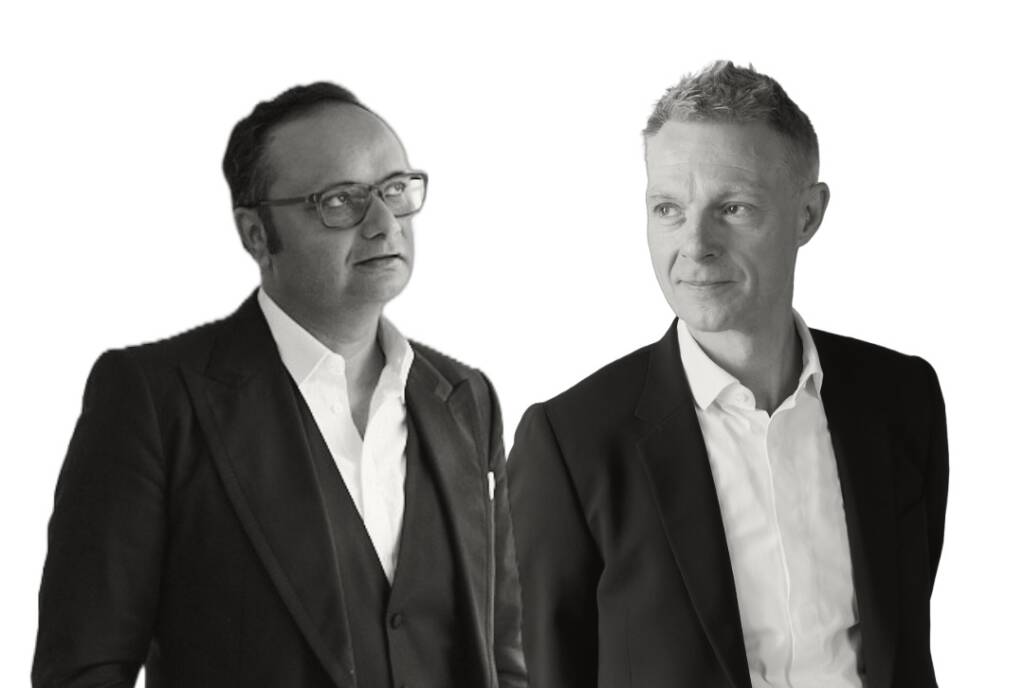
The Director of London’s Design Museum, Tim Marlow is a celebrated figure in both design and art and an often outspoken authority on both. Samantha Welsh brings Marlow together with South Asian art flag bearer and philanthropist Durjoy Rahman, whose commercial business focusses on textile design and production, for an insightful and sometimes feisty exchange
LUX: What is the relationship between design and art?
Tim Marlow: Designers can make art, and artists can design, but art should be produced without responsibility for anything other than the motivation of the person creating it. Design is a response to something, about problem solving, involving critical design and speculative design, and seeks to find a solution functionally.
Durjoy Rahman: Yes, design and art are interrelated but art is self-responsive and inspirational and can happen consciously or subconsciously, whereas design is purpose-oriented. Of course much design involves art and a lot of artworks include design elements.
TM: Design has existed since humans had consciousness and needed to provide structures to survive, evolve and thrive. We also have this compulsion to express ourselves, to make sense of things, to express our consciousness. The notion of a designer as we understand it now in the West originates in the Industrial Revolution and before that there was no categorisation.

Tim Marlow explored the relationship between art and design in the 2024 exhibition Barbie at the Design Museum, London
LUX: So there are blurred boundaries?
TM: Leonardo Da Vinci was a scientist, an artist, a designer, a composite creative human being. Hussein Chalayan is talented fashion designer who makes sculpture, his fashion designs are informed by sculpture, and his sculpture is informed by the language of fashion that he has evolved. Art often reaches the language of boundary blurring, but I have encountered quite a lot of resistance to people from design or architecture moving in on that world. With architects, if you have gone through seven years of professional training and then somebody comes along from a completely different background to design the building you might baulk at them being called an architect but one has to stop being too insecure about these things. Some of the greatest twentieth century starchitects like Carlo Scarpa, Le Corbusier, Frank Lloyd Wright were not fully-qualified architects.
LUX: How can good design attract new art audiences?
TM: Creative input from different disciplines into other disciplines is something to celebrate. Rachel Whiteread once designed a daybed. Charles and Ray Eames explored the functionality of plywood to design furniture, a prosthetic leg support, and to make sculpture. How we categorize art or design is a national cultural obsession and we should kick it about a bit!
DR: I have seen a resentment among the artist community where a product designer can claim they are both designer and an artist but an artist cannot call himself a designer. The designer can call their product an installation, a sculpture, a movable artwork but a watercolorist cannot make something and call themselves a designer. When I saw the Eames’ first plywood chair I thought it was a sculpture! And Philiippe Starck is designer, an architect, and an artist.

Latest images from Durjoy Rahman’s 3/22 display space, featuring his collection of art and design
LUX: What can be an approach to collecting functional designed works?
TM: As Director of the Design Museum I salute the collecting of design but also love the fact that design is a growing area for collectors.
LUX: What about design involving an iterative technological function?
TM: There is no question that design is often iterative and it does evolve. It is not always a progression to greater efficacy but tech tends to move us in that direction. A chair produced two hundred years ago can be as comfortable as one that is produced now. However, devices to communicate between human has absolutely evolved over hundreds, if not thousands, even millions of miles. Our collections are displayed around three themes: designer, maker, user; and at the very end is the final piece, the wall. As a series of objects it resembles a diagram interlinking TVs, typewriters, calendars, phones, pens, calculators. Right in the middle is an iPhone, showing all of those functions of those designed objects have been distilled into this one object. But it’s not actually saying that this object is better! […] So design is evolutionary and iterative, whereas art is not like that.
DR: I was recently introduced by LUX to the largest collector of video art in the world right now, whose collection is based in Berlin and Frankfurt. Is technology influencing art or is art influencing technology? There, technology was inspired by art. […] At Venice Biennale, Durjoy Bangladesh Foundation sponsored an artist who created a work that involved photographing, scanning and reassembling tile by tile a heritage basilica reconfigured as an aluminium object.
LUX: How do you decide what design talent to mentor?
TM: For both, you look at the final degree shows, of course, and there are prizes and bursaries for emerging talent. When you see someone early on in their career who is doing interesting things the key is to try and just watch that talent and give it quiet support, not overburden it with exhibitions too early. It is nebulous, intuitive and sometimes self-evident but always about people who understand or give a sense of authenticity, that it is something that they have actually wrestled with and the work is the result of dealing with complexity rather than ease or facility.
DR: I am not a leader of an institution, or involved in programming, so I am not under pressure to identify the talent in the same way. I am a provider, an art collector. While we started our foundation, we had less pressure but our question is always to ask what has contemporary relevance.

Conservatory by Jamie Gatty Irving: a feature of the the Design Researchers in Residence Program, which supports young designers
TM: With western art, there are certain artists whose talent is self-evidently there and their reputations as major artists will not diminish. For example, Rembrandt and Caravaggio are just two we can name but the idea there is an innate talent that is always recognized is wrong. There are people who had no opportunity to exhibit, women, for example, and we now realize there is an extraordinary talent that was never showcased and we did not know about. Taste and talent change, they are not universal.
LUX: What is needed from the spaces in which projects happen? How can this work physically and metaphorically?
DR: Physically, it should be welcoming and inspiring environment that fosters creativity and collaboration metaphorically, a space where artists can express themselves freely. We had a photography exhibition by Magnum photographer Raghu Rai and converted a finance institute into an art space, with a video installation and a 3D context for photos taken during the Bangladeshi war of liberation in 1971 to offer a new generation a different perspective of the struggle and sacrifice. I especially enjoyed your Ai Wei Wei exhibition at the Design Museum last year, Tim, with the old Chinese columns installed to show the artist’s background.
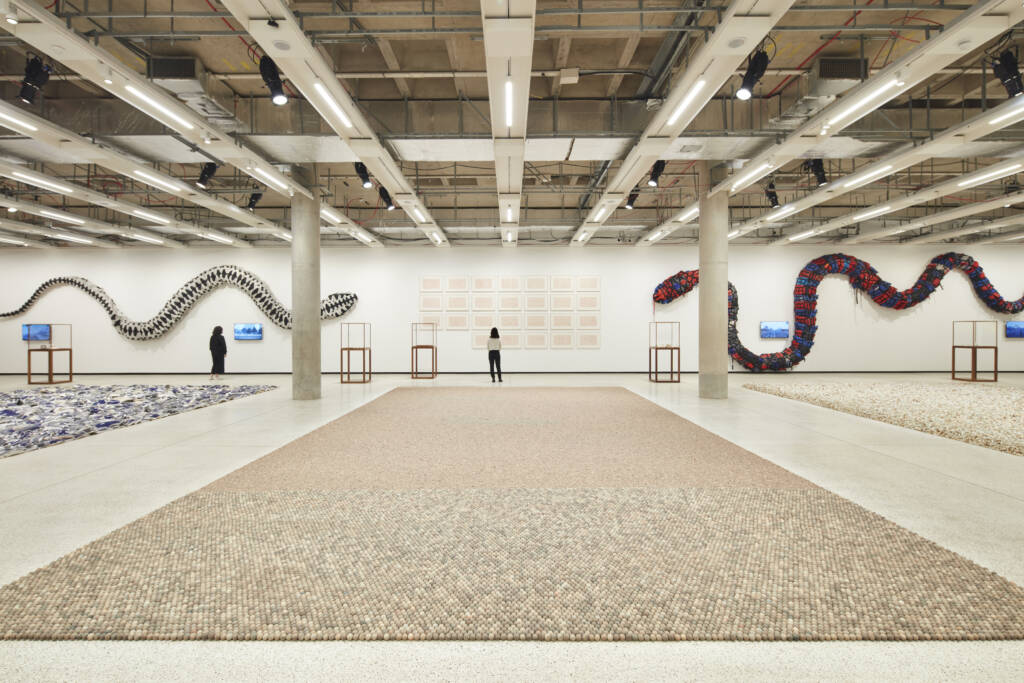
An exploration of space in relationship to art design projects, from the 2023 Design Museum exhibition Ai Wei Wei: Making Sense
TM: Thank you, that show was interesting because we took out all the walls of the space to open it up completely. The best characteristic of space in which art design projects can happen is flexibility. Having historically loaded spaces where their history is evident can be a real joy for artists too. In the Royal Academy there are these beaux arts spaces with beautiful light and you could build on, play with, transform and subvert the history of those spaces but you take them as a given; whereas I think the idea of having flexible spaces where things can happen in different ways are really important. You need also to layer on interesting lighting, finishes, materials. Carpeting is an absolute killer if you are trying to show art or design. Think of a trade fair or art fair where the floors are carpeted as you walk around and how that gives a completely different feel for a kind of project.
LUX: What about curatorial autonomy, what is your message for Millennials and Gen Z philanthropists who want to see institutions that look like them and model their values?
TM: It is very difficult if you chase audiences too specifically. As an institution you have to program and you have to do it from a position of expertise. That is not being arrogant. At the RA and the Design Museum I have always worked with external experts in a subject.
We do not know everything about everything but we do know who the interesting people are to wrestle with and present it. I think if you start presenting things in interesting, incredible ways with authority and authenticity, you then have a chance to show audiences things that they did not know they would like. You also look at what is culturally resonant for people and think about attracting certain kinds of audience that wouldn’t necessarily come to the museum.
So, doing a Barbie show, will attract a very different audience to doing design and football which will attract a very different audience to Enzo Mari, who will attract a very different audience to Tim Burton just to give you the four shows that we have on. I always collaborated with living creative people and the best curators I work with are collaborators.
They can harness, empower, steer, let go and enable people make the kinds of exhibitions that can only be made in their lifetime. One of the roles of a contemporary Museum is to try and work creatively with people rather than curate living people as if they’re dead entities. But there are also ways of collaborating creatively with the dead! We did a Charlotte Perian exhibition, where Assemble, the Turner Prize-winning art, design and architecture collective, installed the exhibition made with extraordinary plants.

The importance of the marriage between art and design in Rahman’s curation
DR: That is interesting. One of DBF’s missions is to give recognition to artists who had none during their lifetime. A female artist, Novera Ahmed who died in 2014, is an example and we curated her work because she is the designer of our language movement Bhasha Andolan, leading our nation’s struggle to preserve Bangla and not have Urdu imposed upon us by Pakistan back in 1952.
Some of our new generation is forgetting about her contribution. Again, about the purpose behind curation, we collaborated on the Raghu Rai photography exhibition mentioned earlier with the Faculty of Fine Art, Dhaka University and, controversially, appointed a very young curator because he is next gen and had not witnessed the War of Liberation of 1971.
Our main objective was for a next gen curatorial lens, to bring into sharp focus the post-war geography of this subcontinent, to appeal directly to the next generation. My advisory team and I wanted to fuse this historical event with the current context and we knew a young curator could do a better job than a historian or an experienced curator of my generation. Next gen asks questions, has the potential to shape art philanthropy, and wants to create a more inclusive and equitable world.
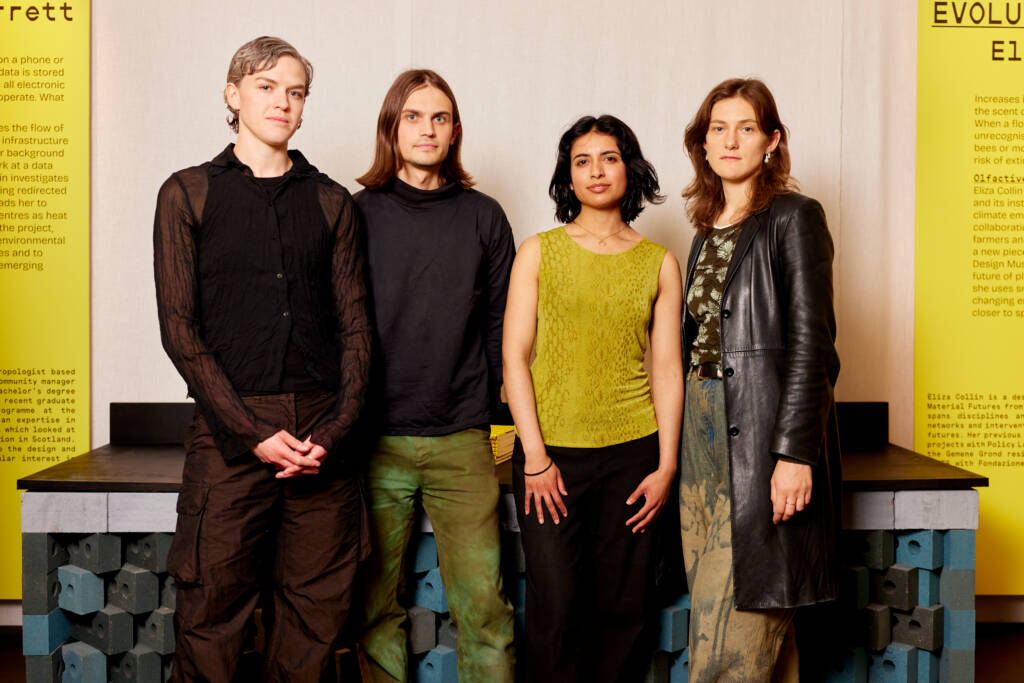
Freya Spencer-Wood, Jamie Gatty Irving, April Barrett and Eliza Collin, as part of the 2023–2024 Design Researchers in Residence cohort
Find out more:
timmarlowdesignmuseum.com
durjoybangladesh.org
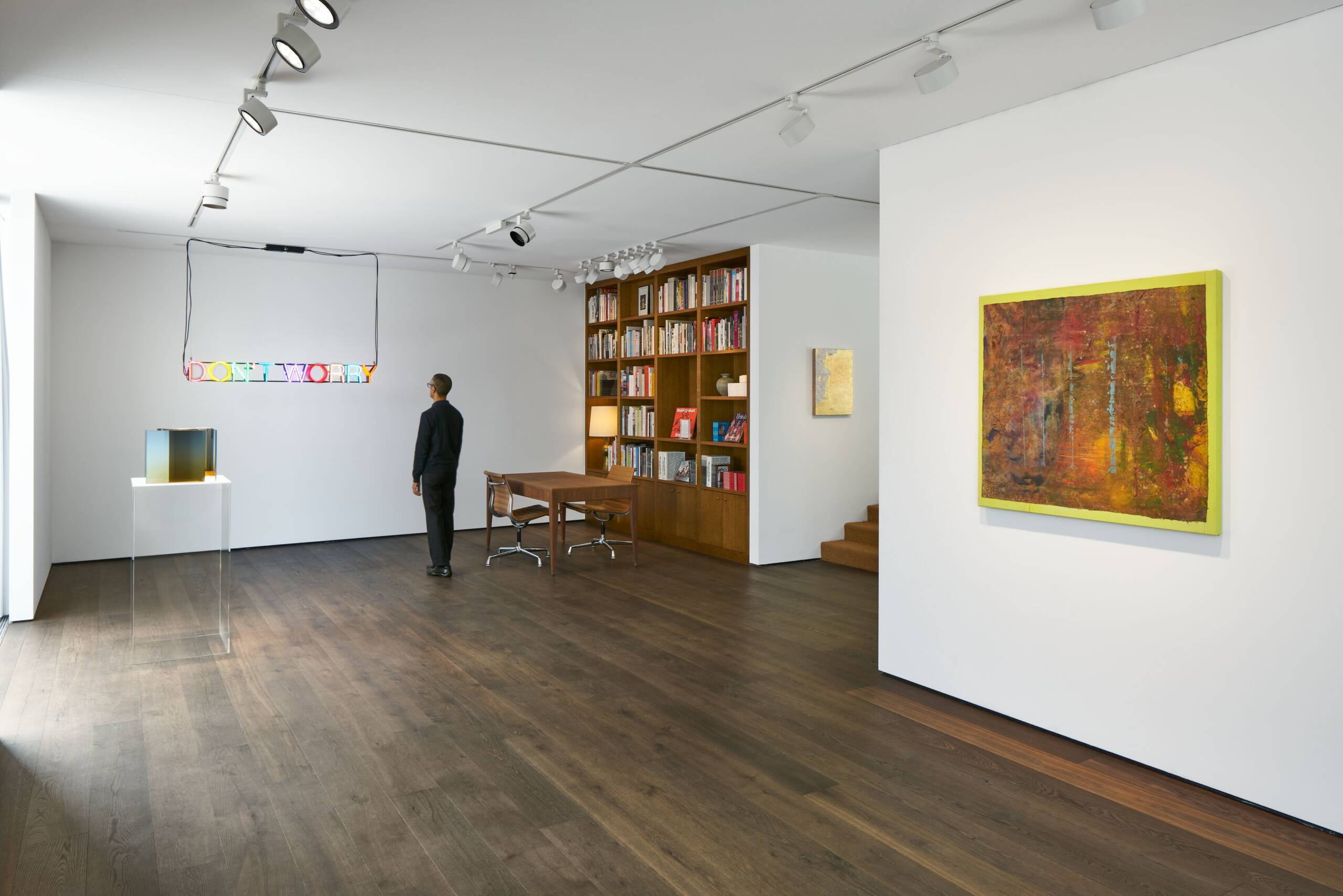
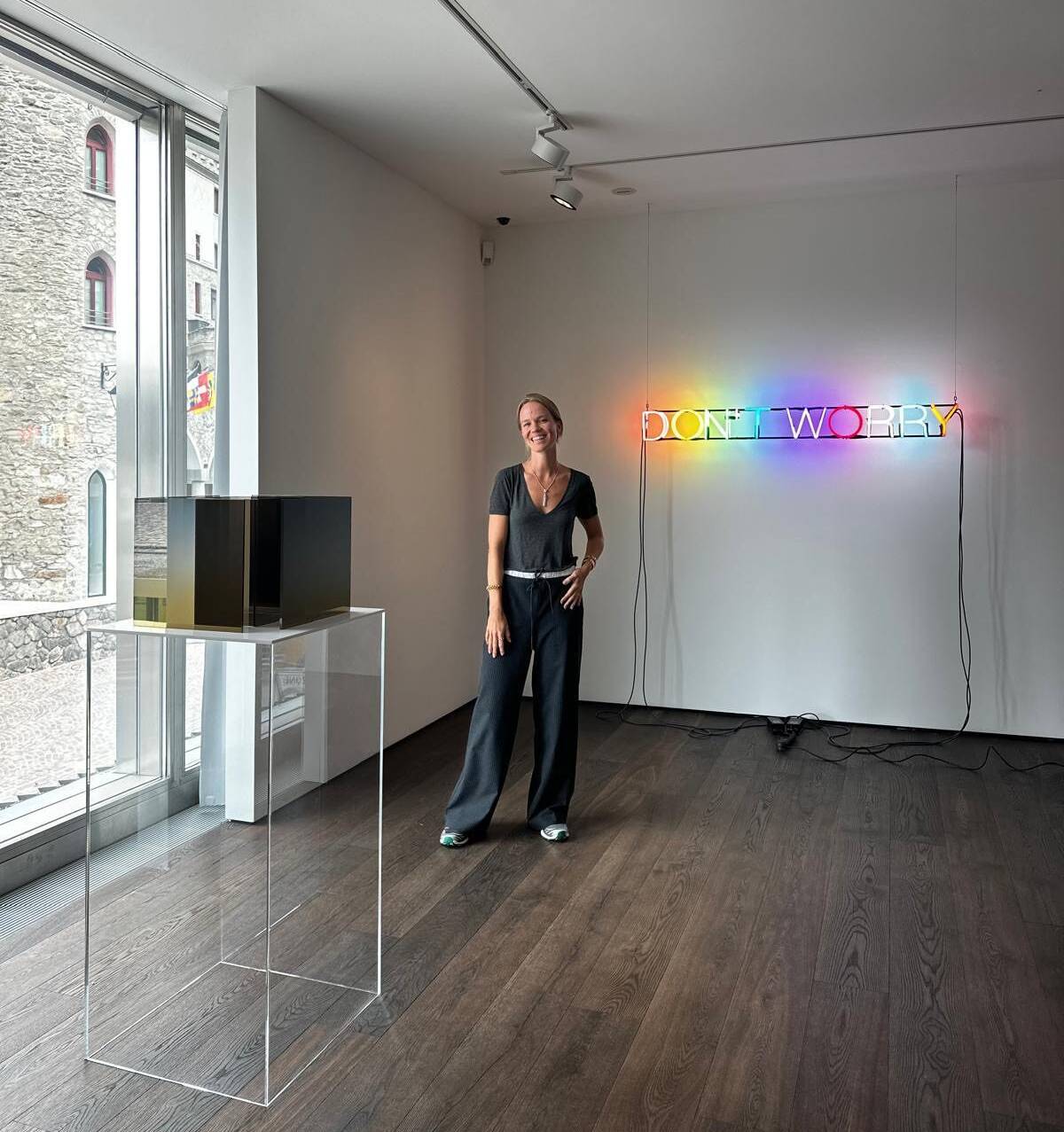
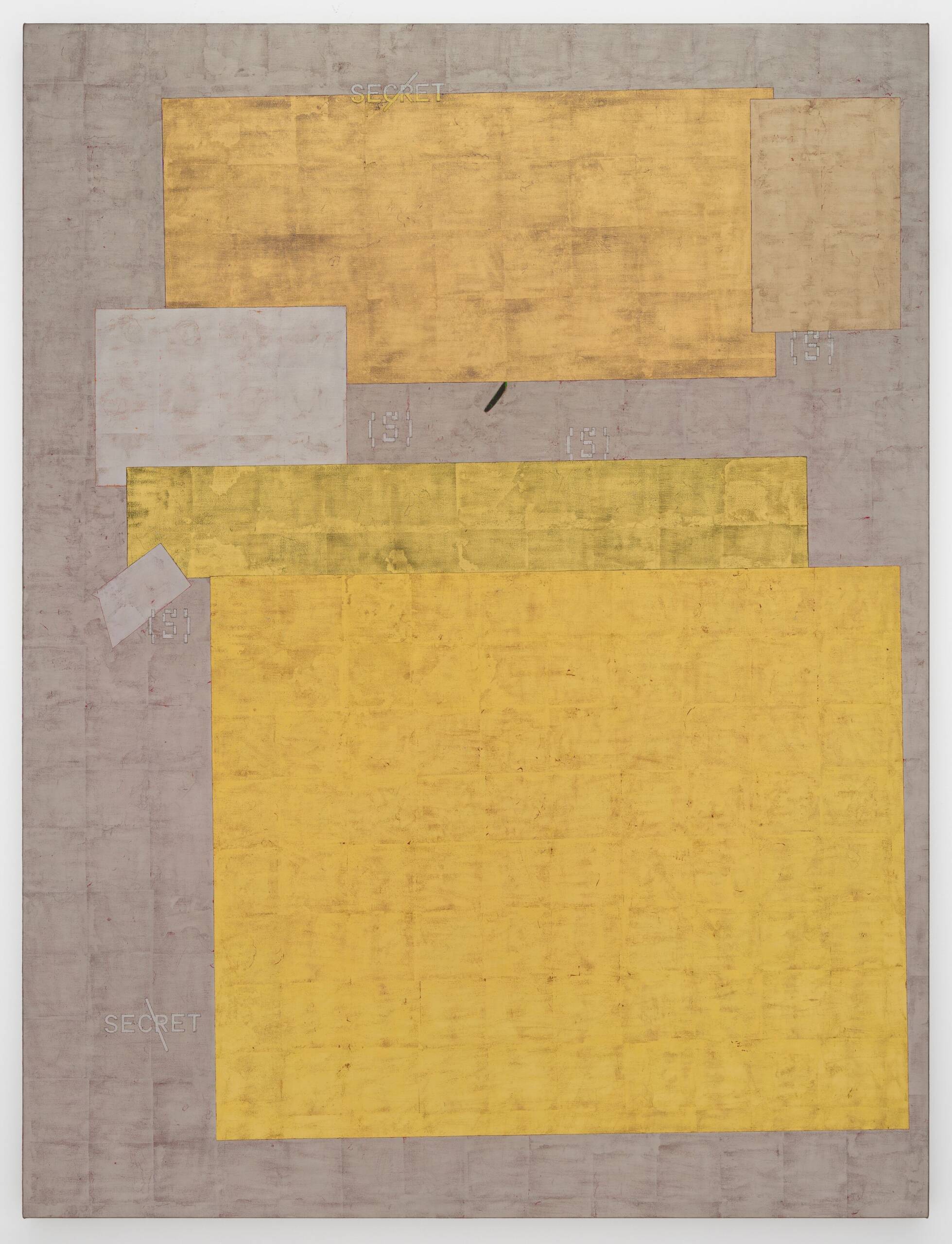
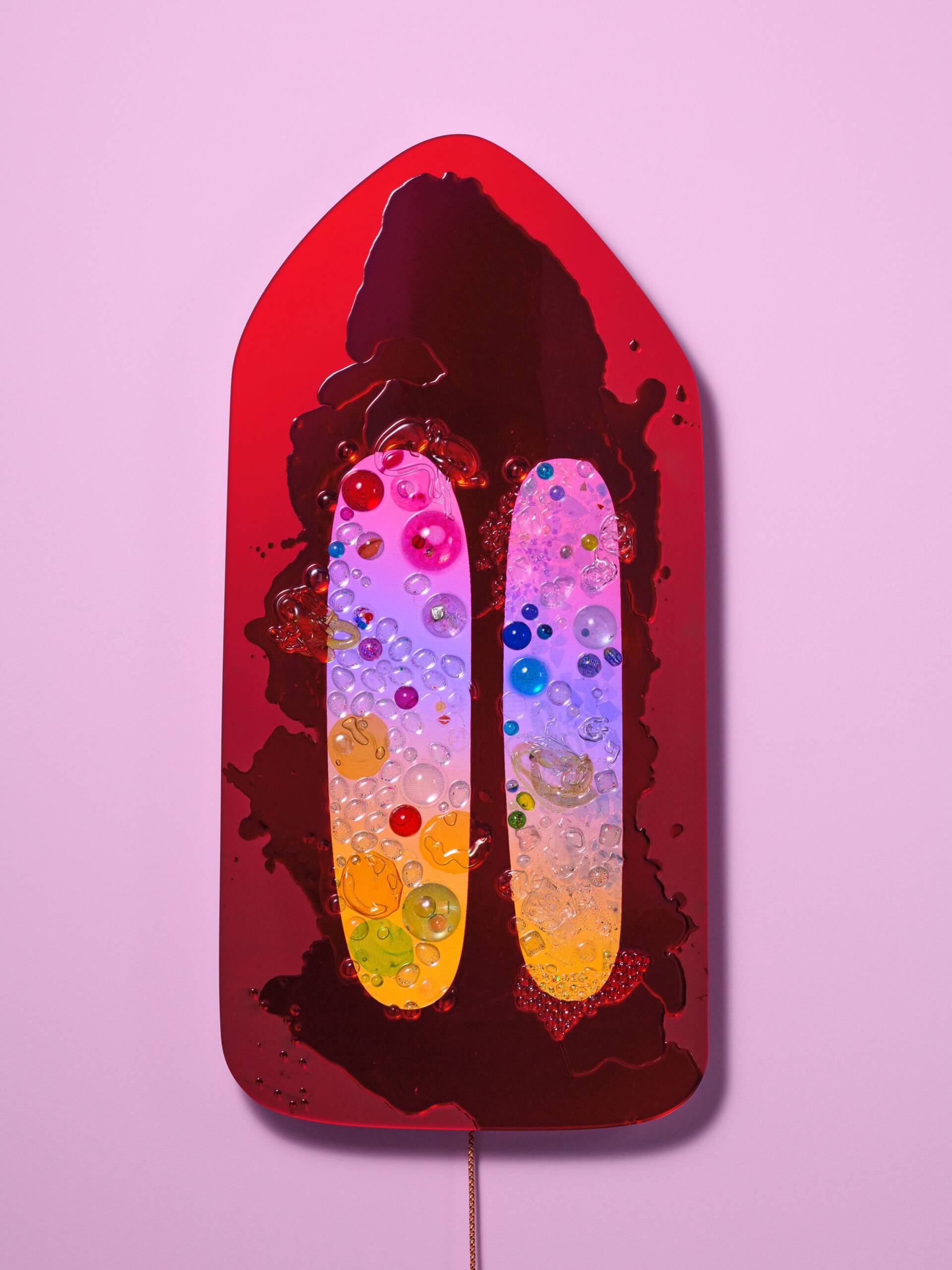
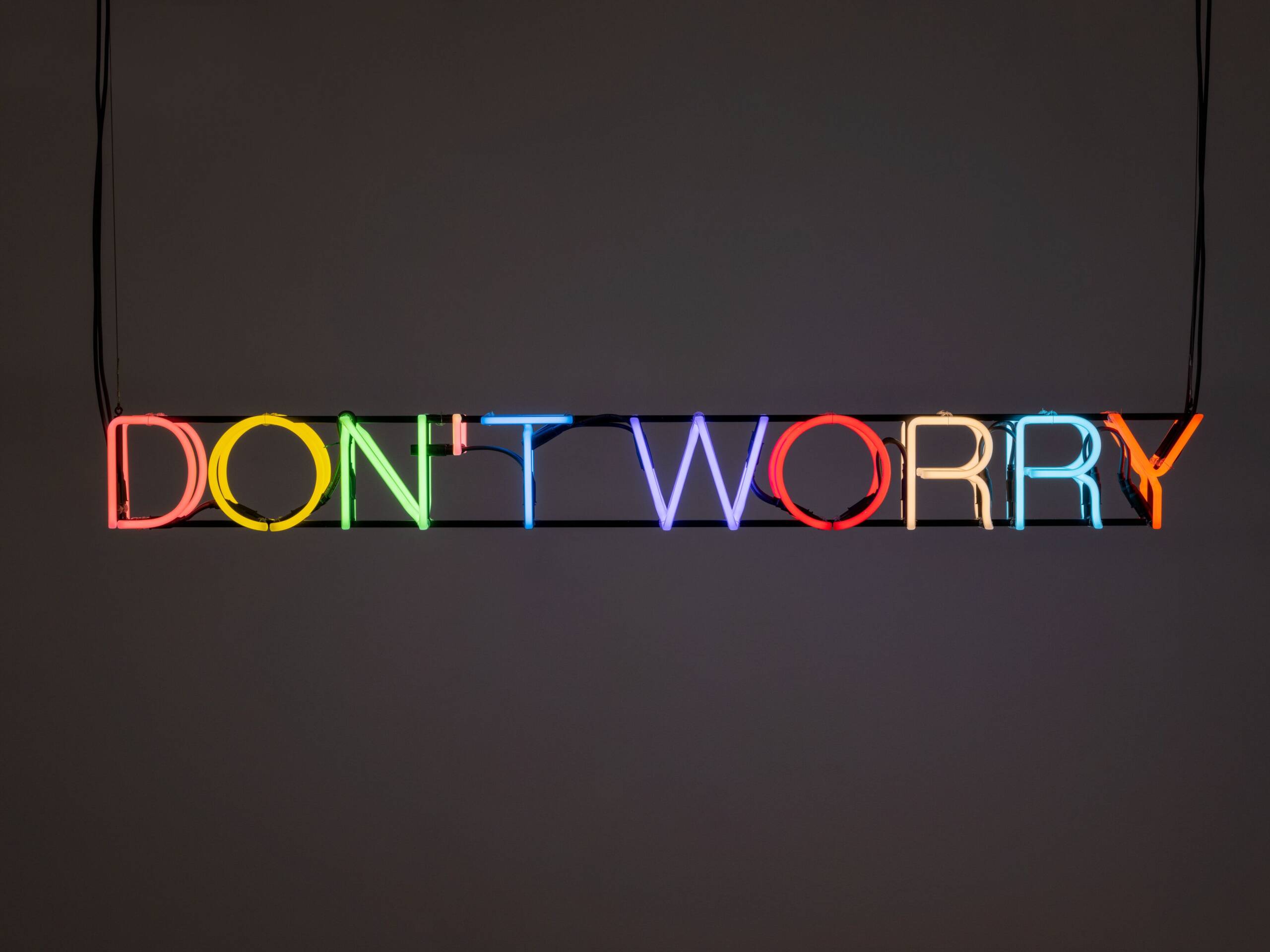
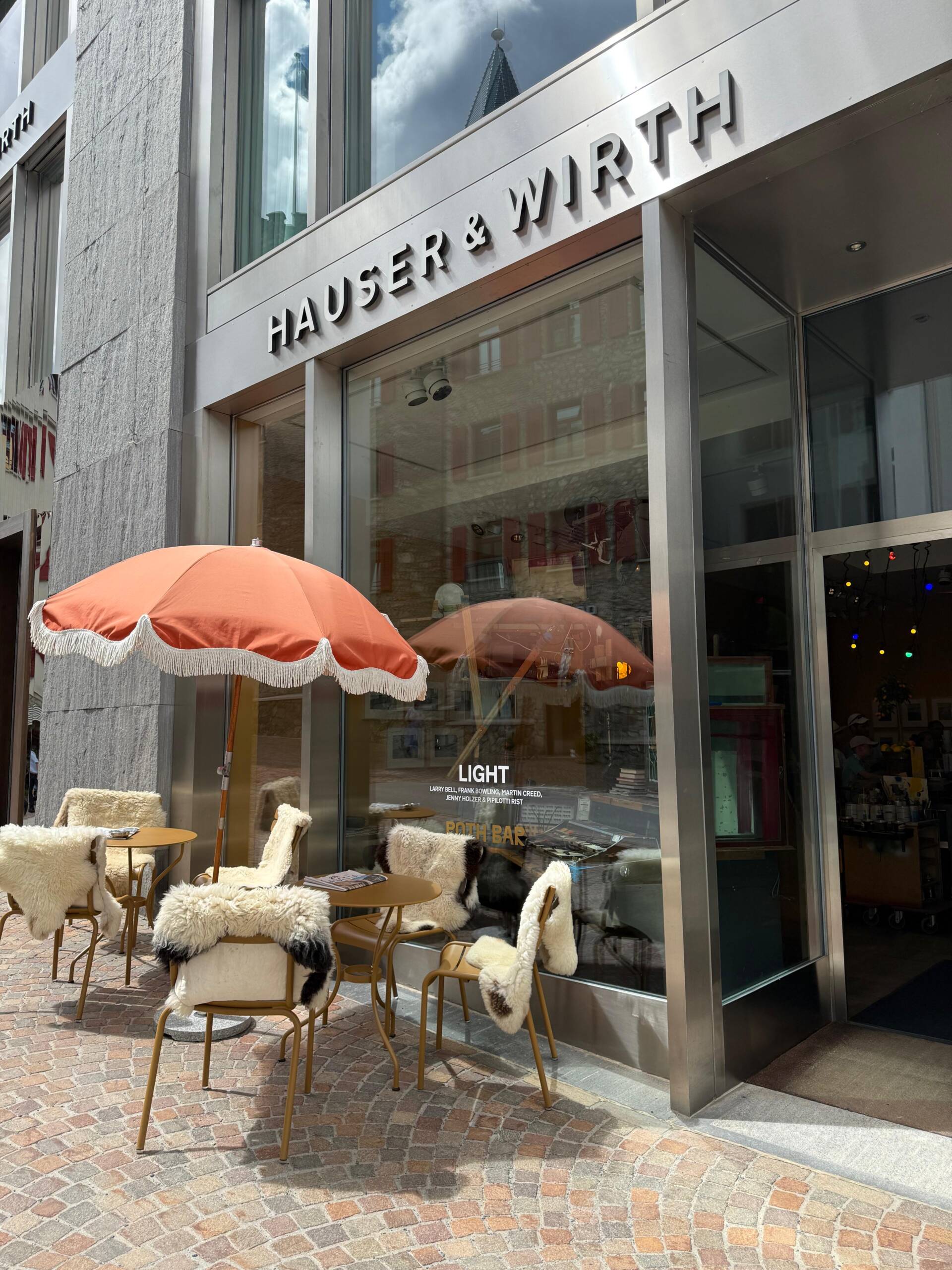
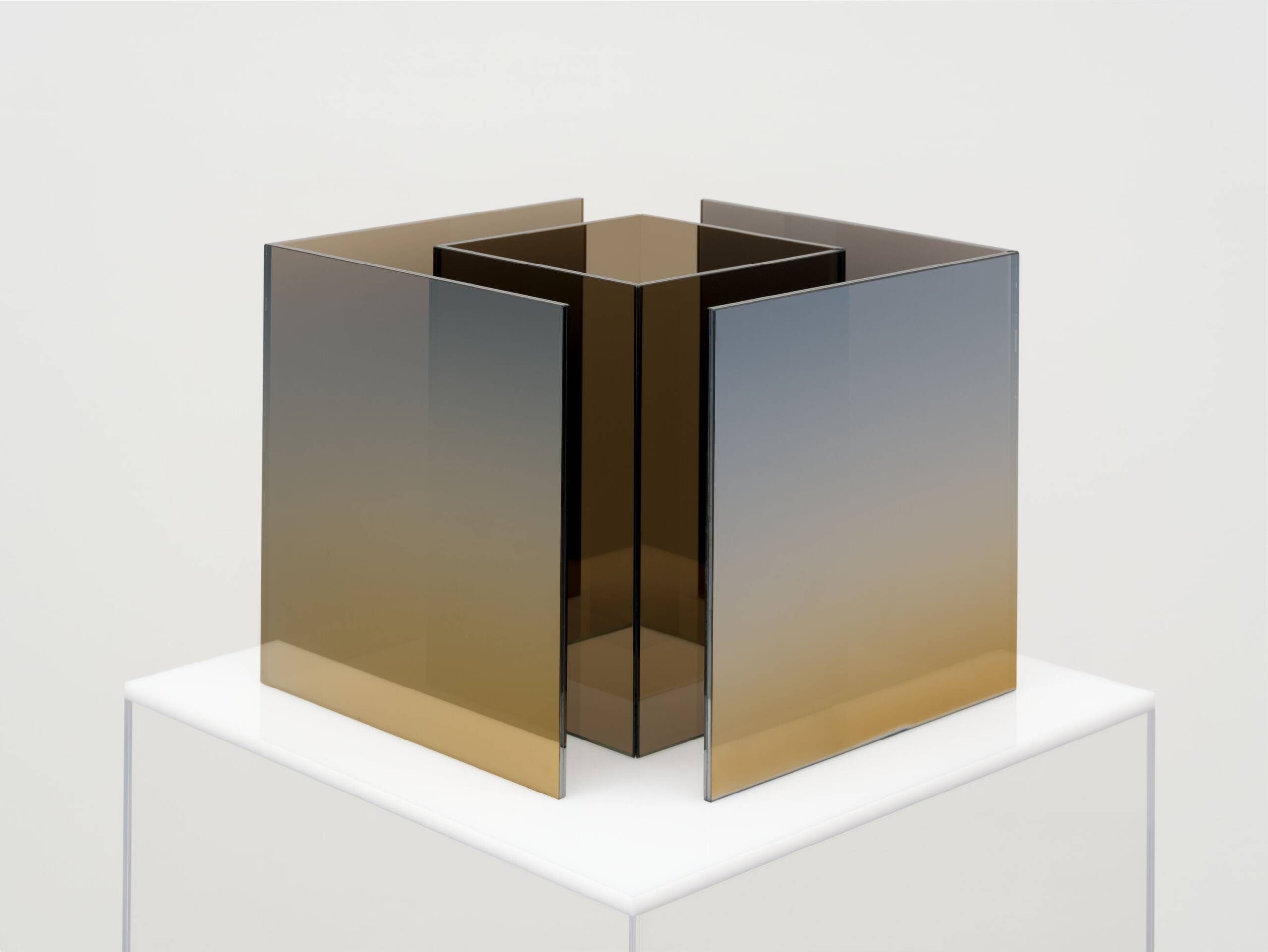
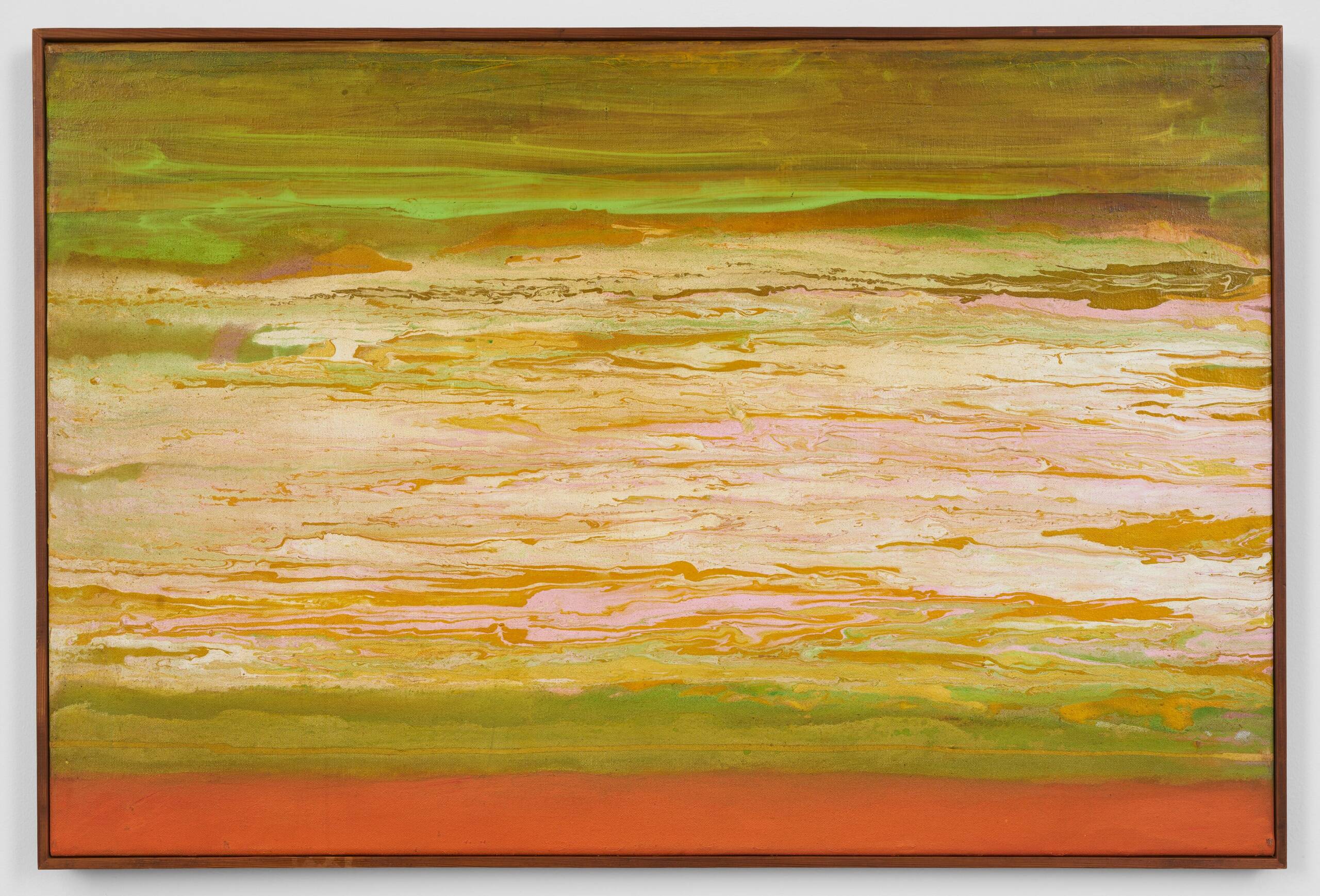



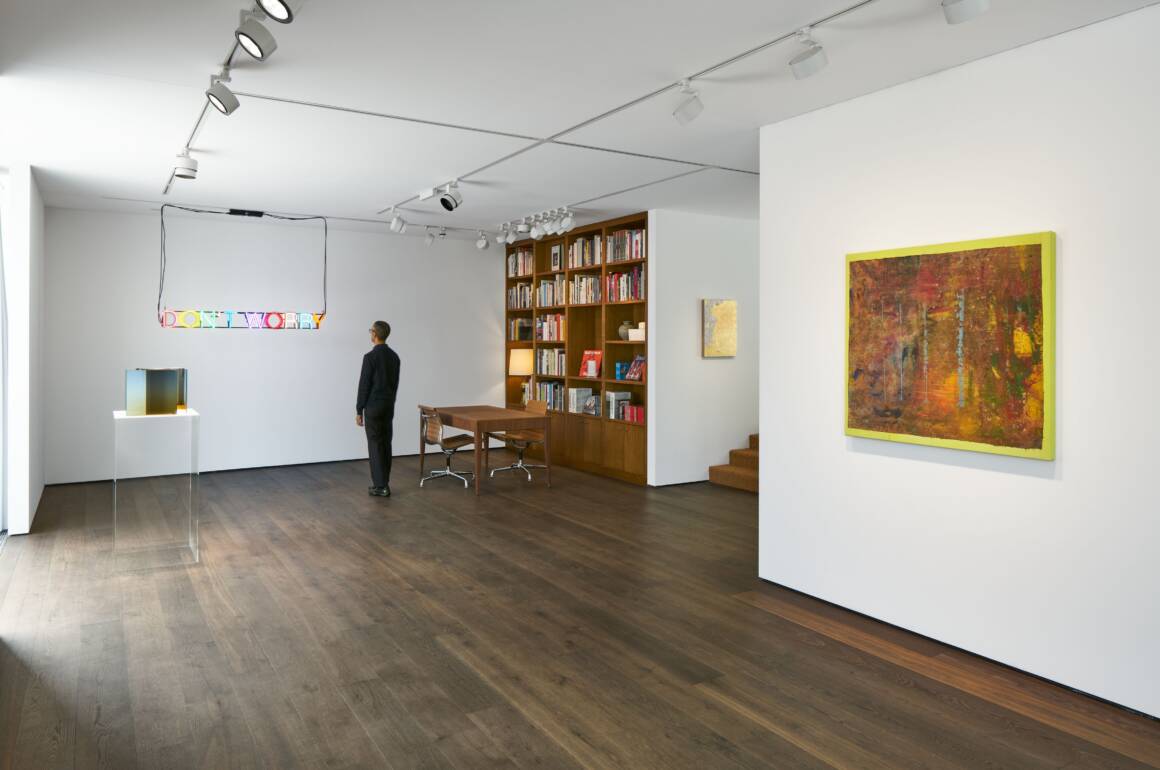
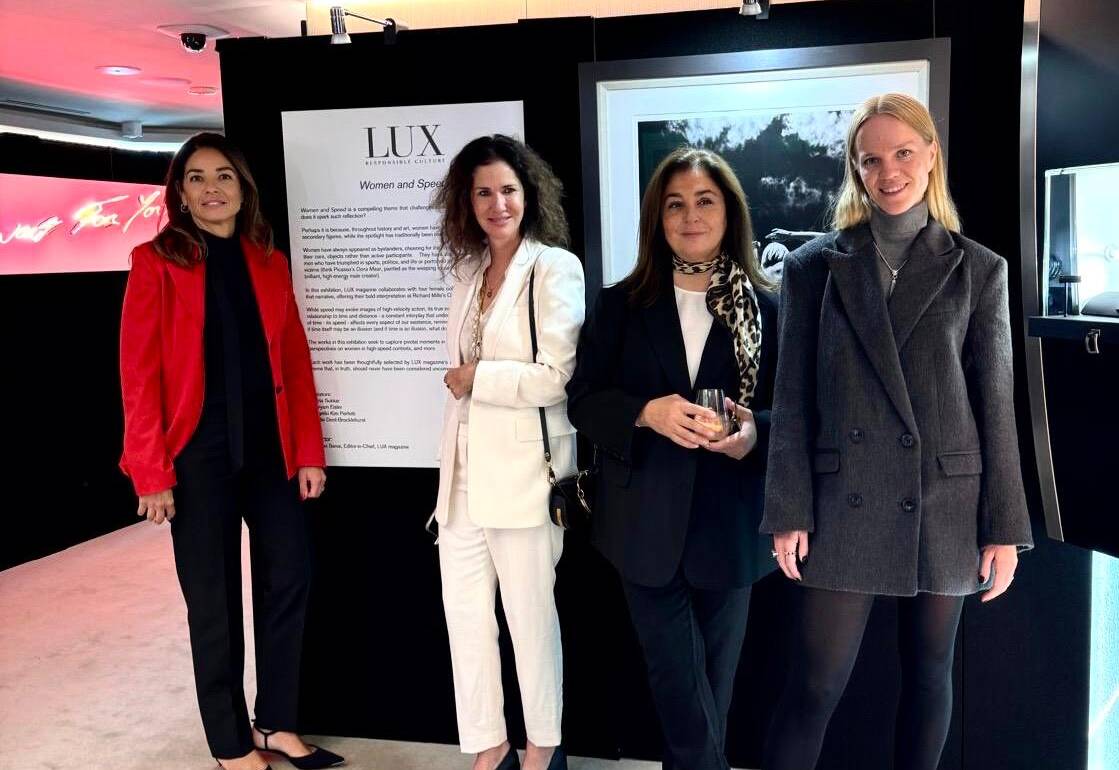
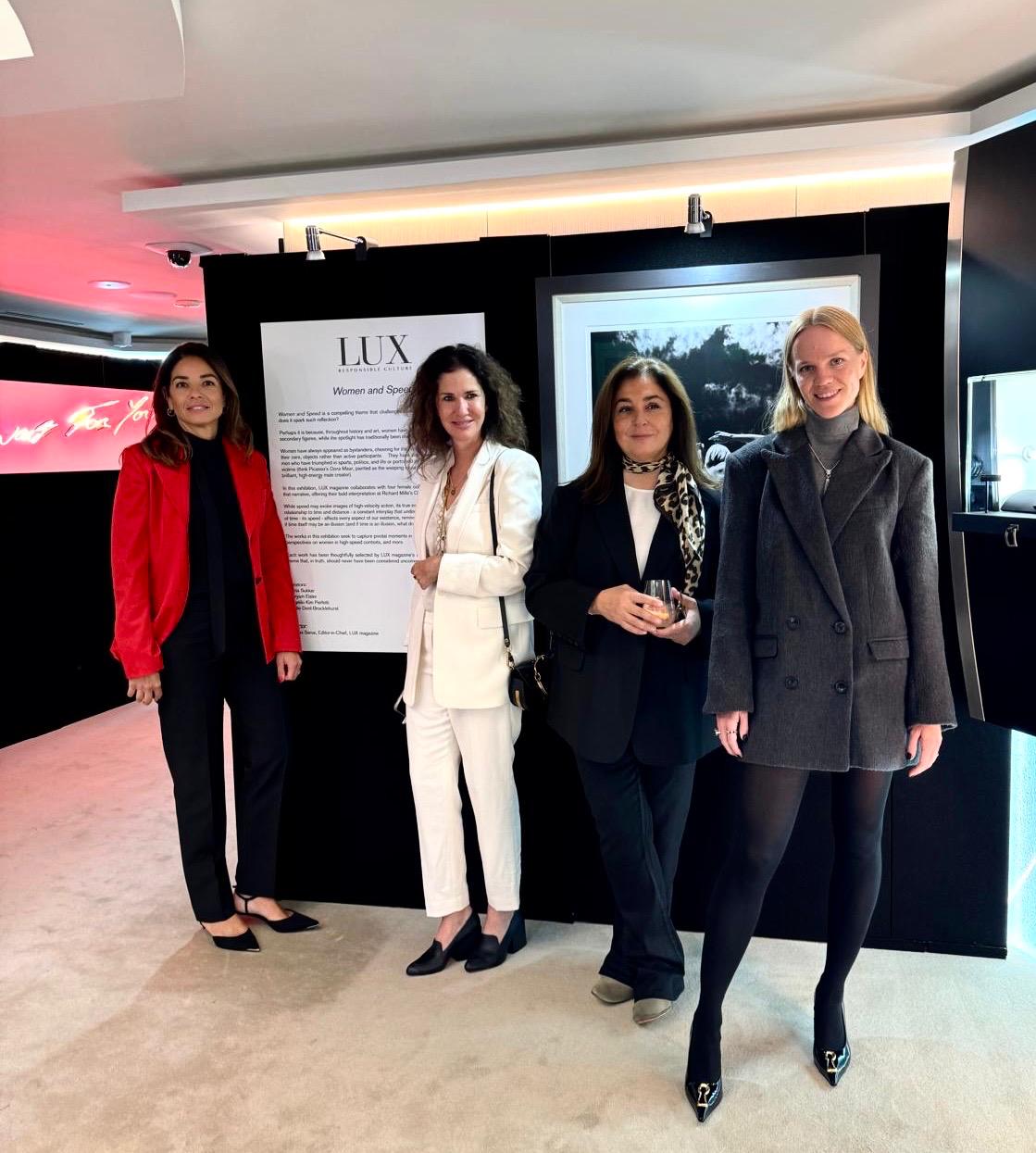
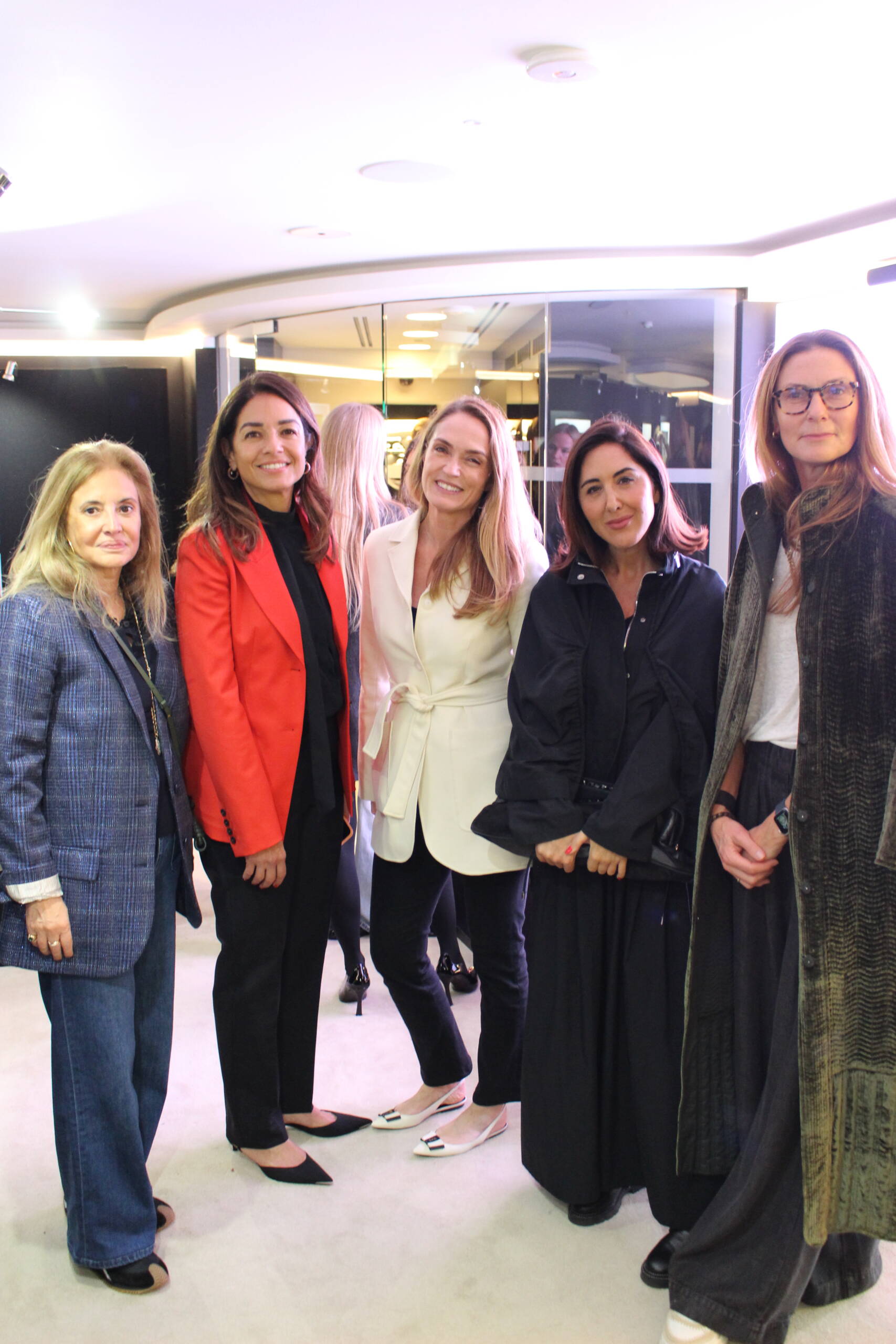
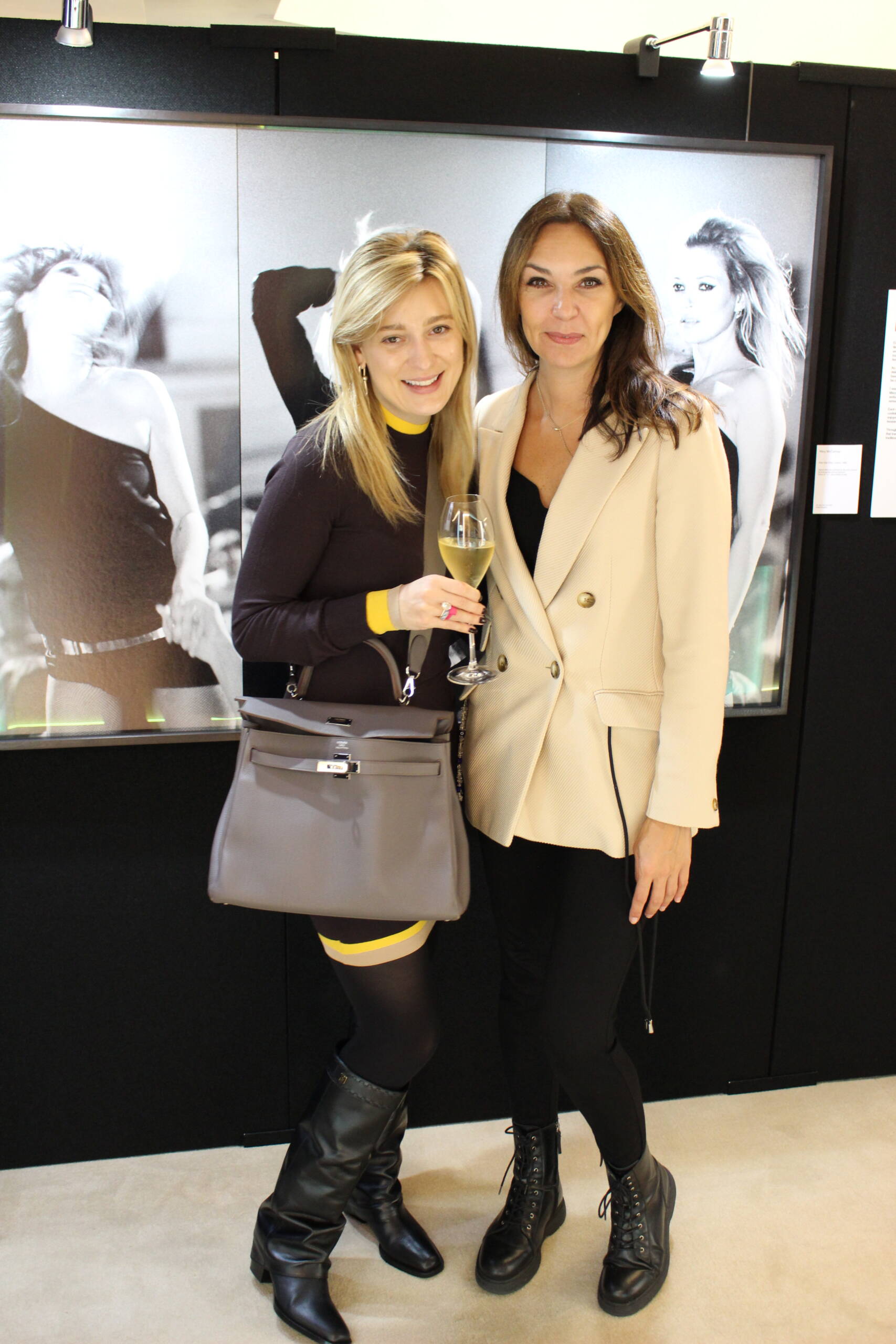
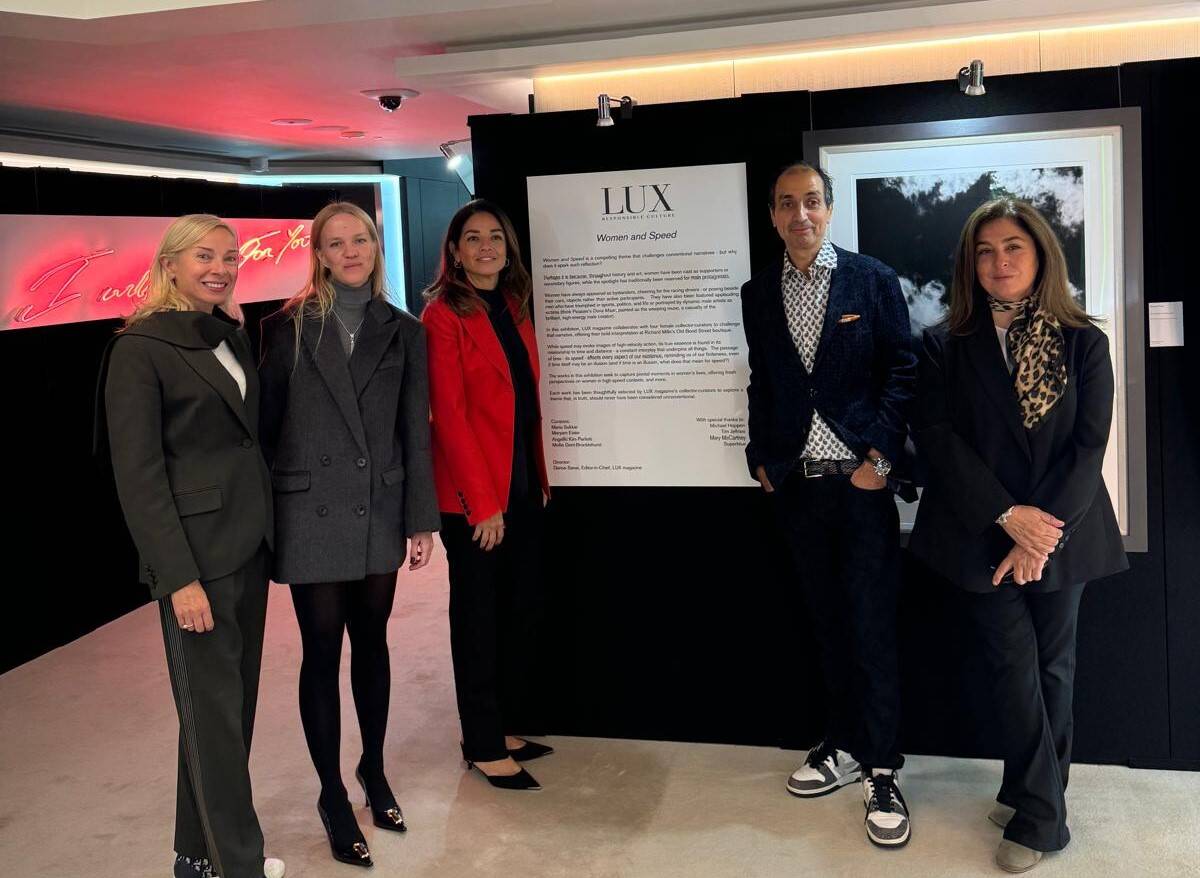
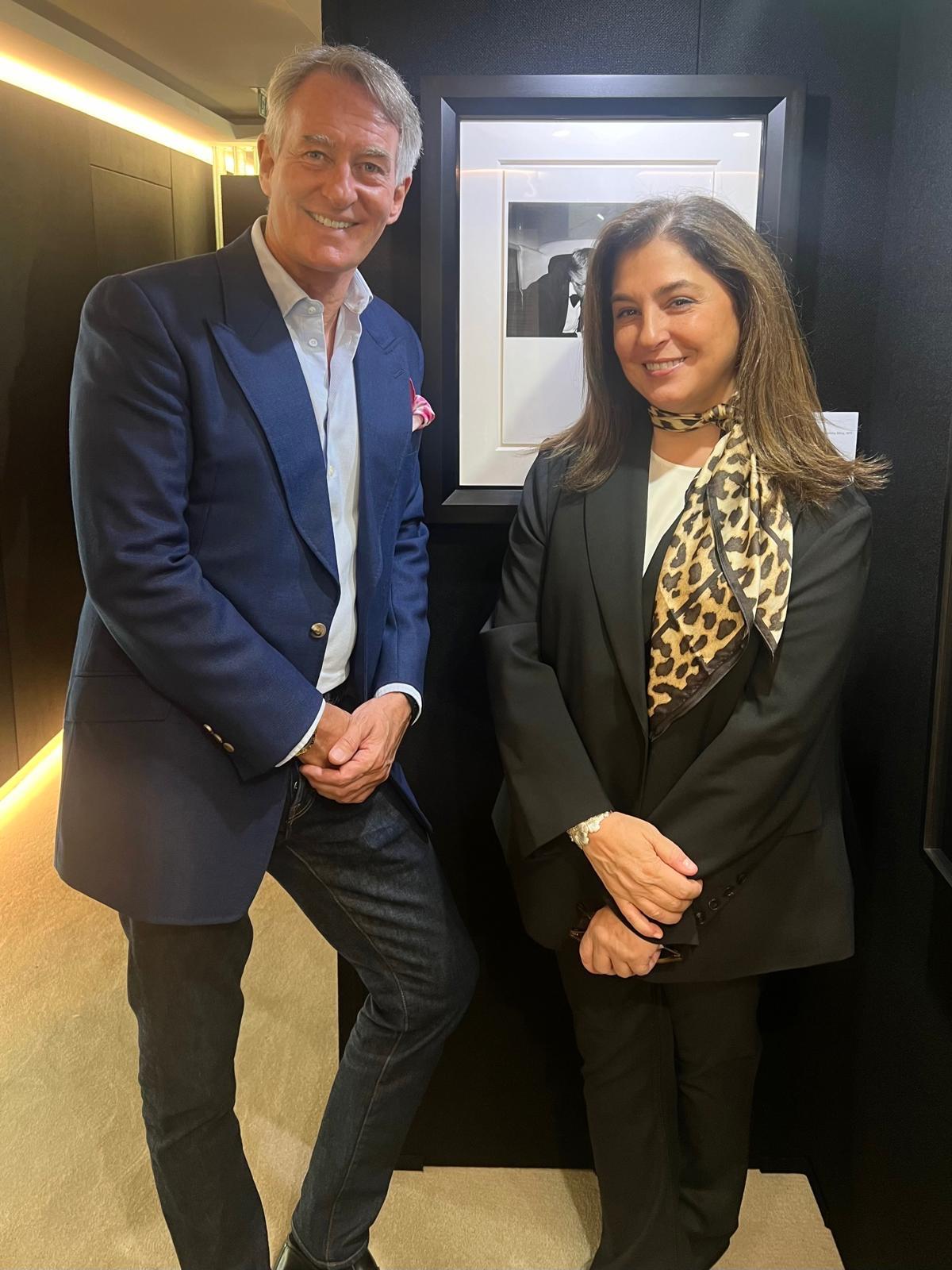
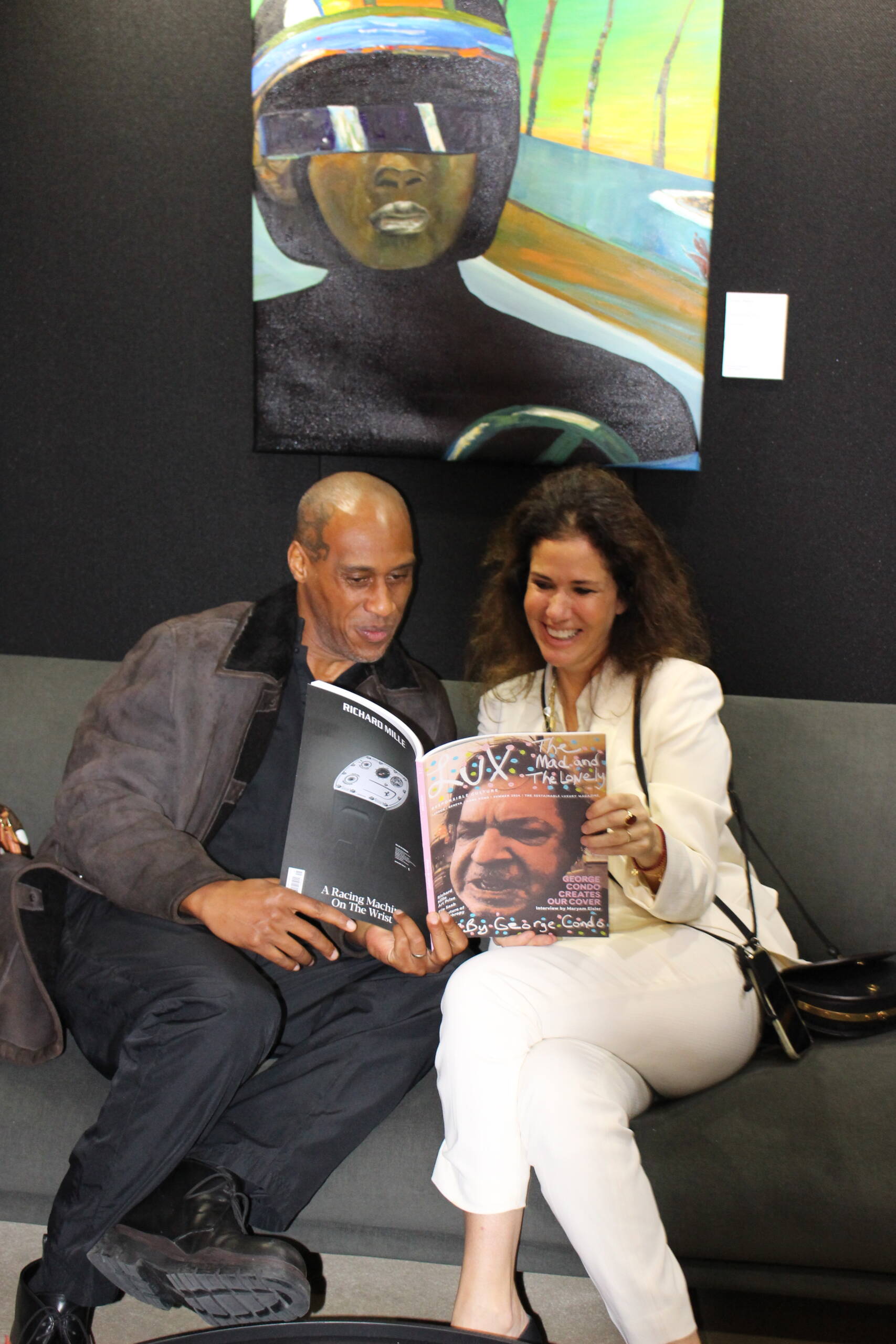
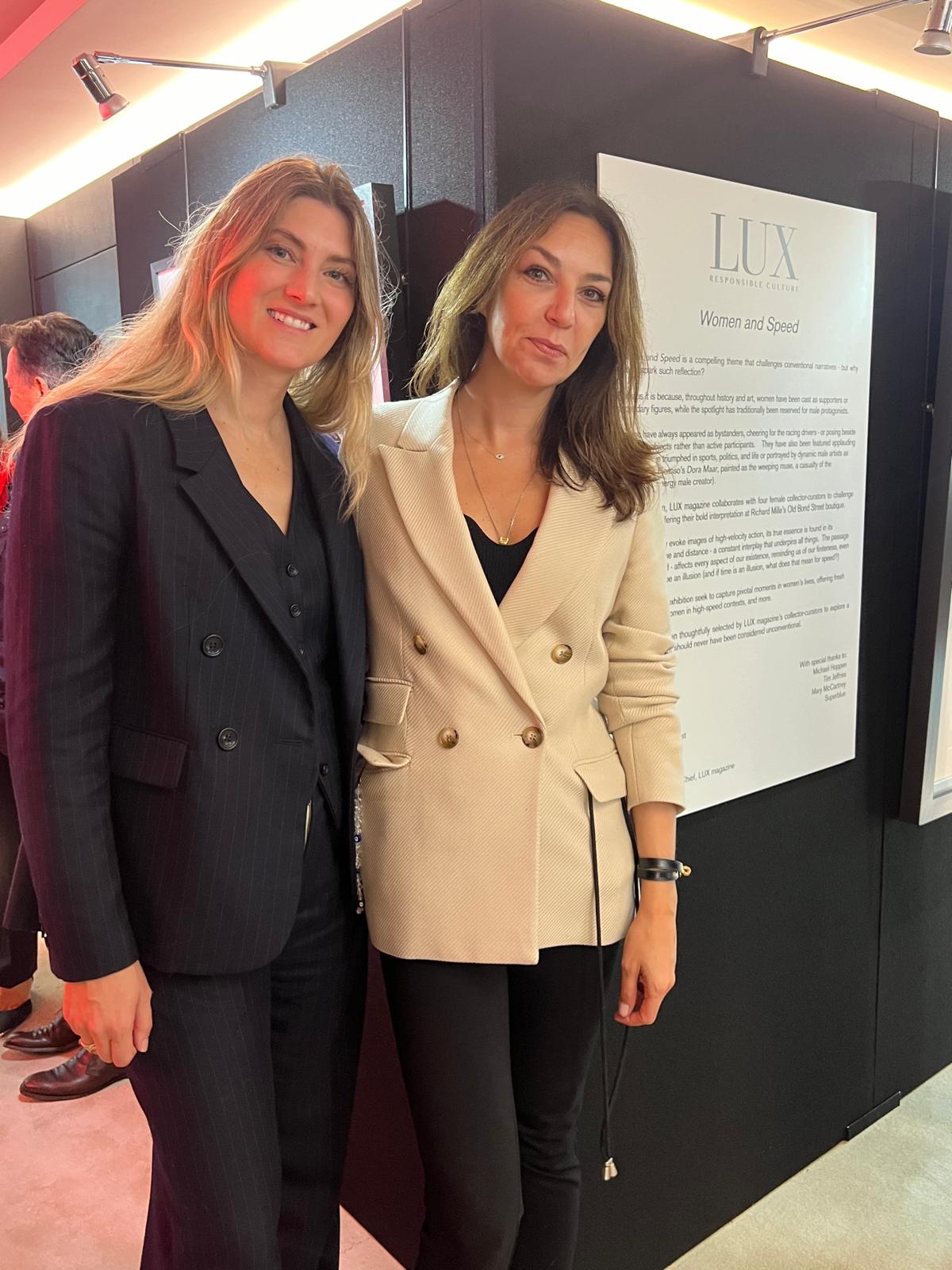

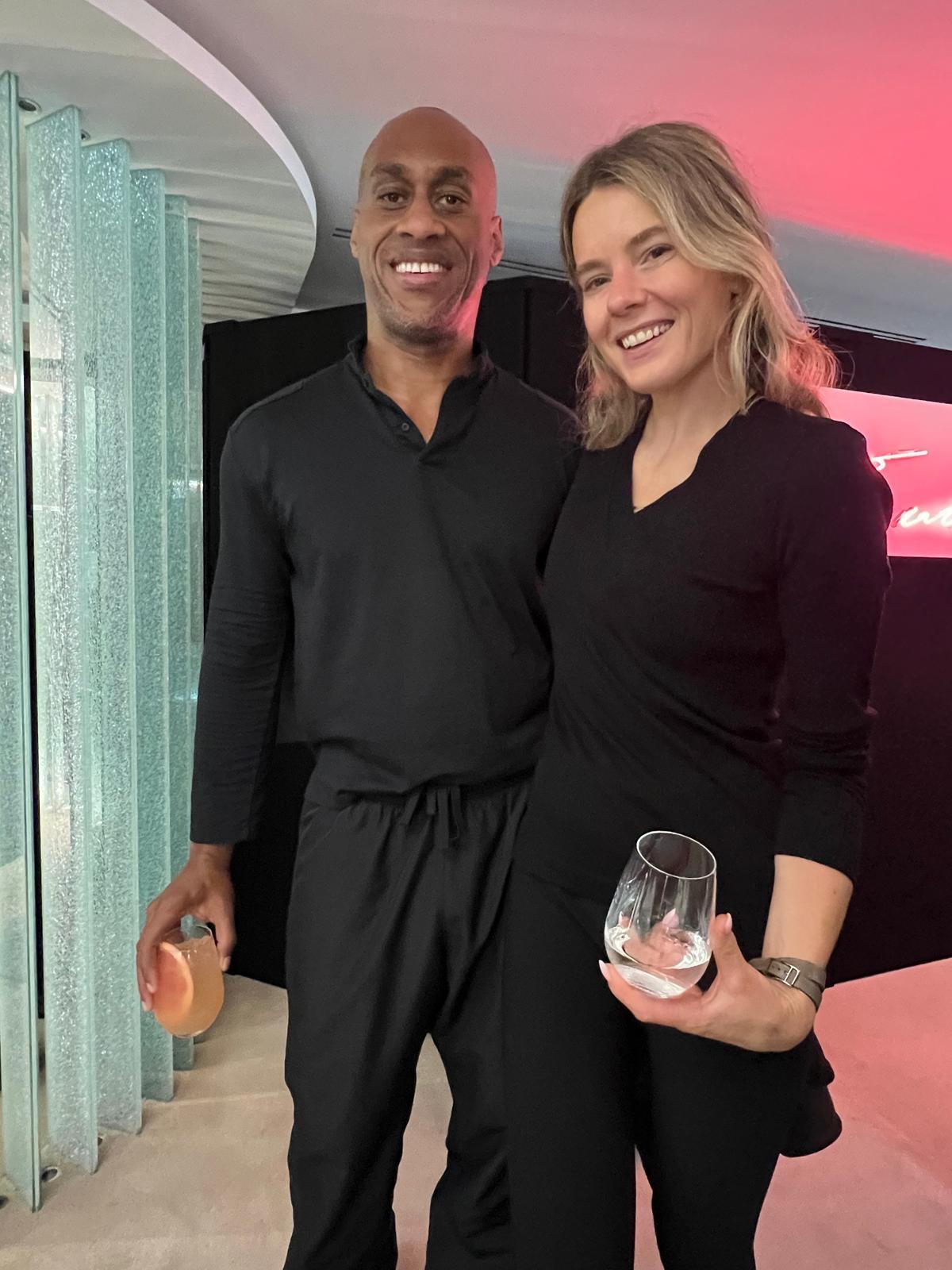



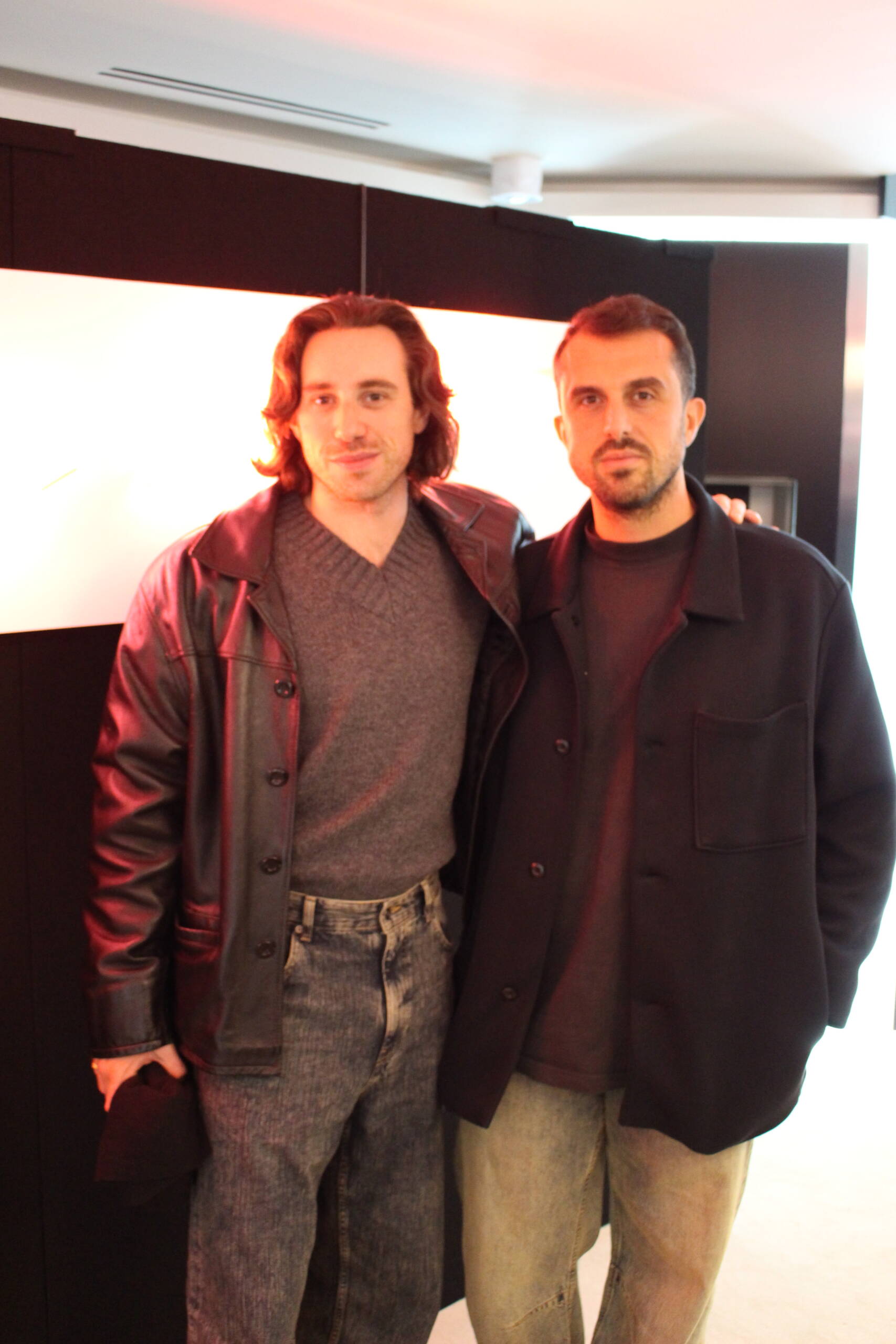
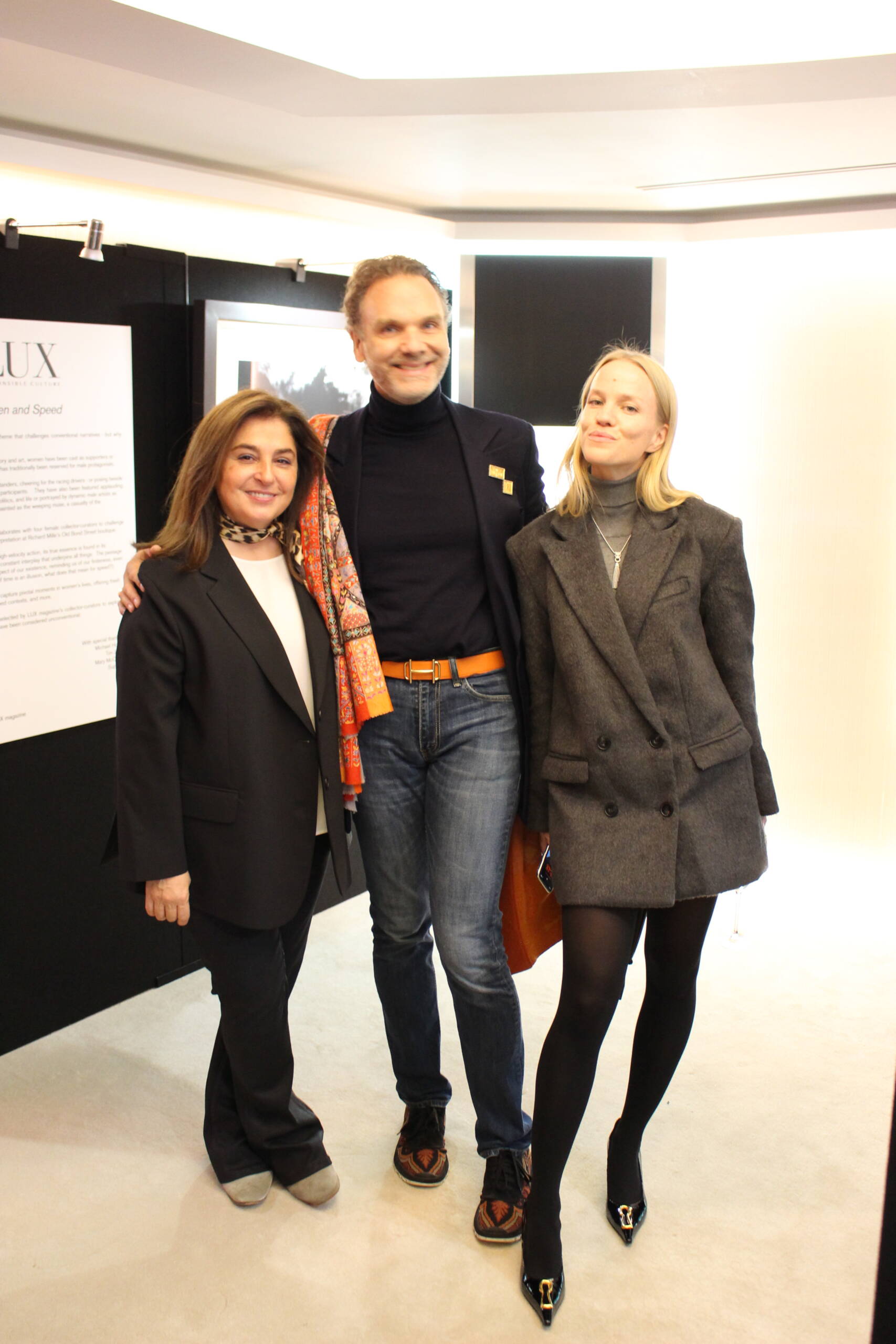
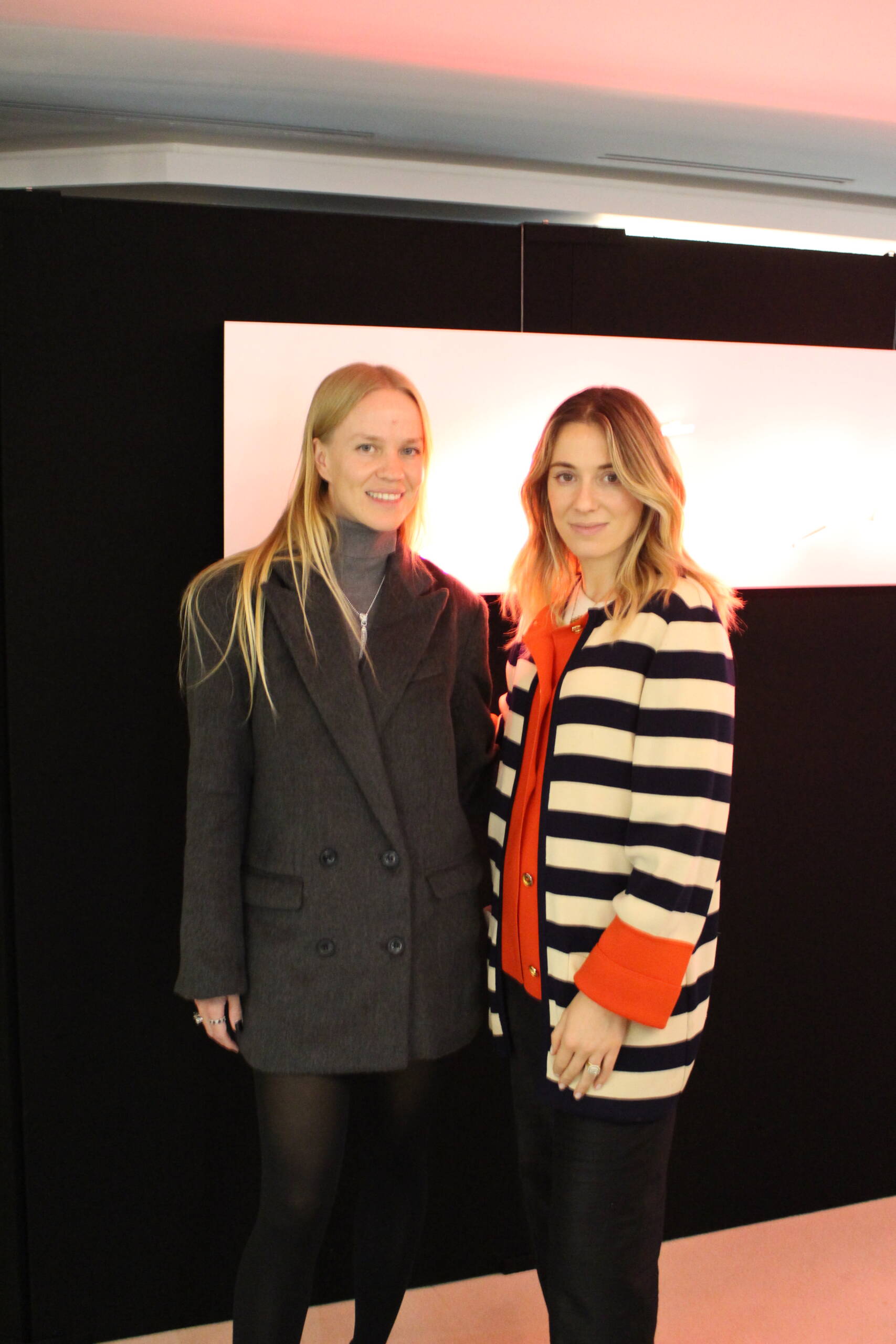








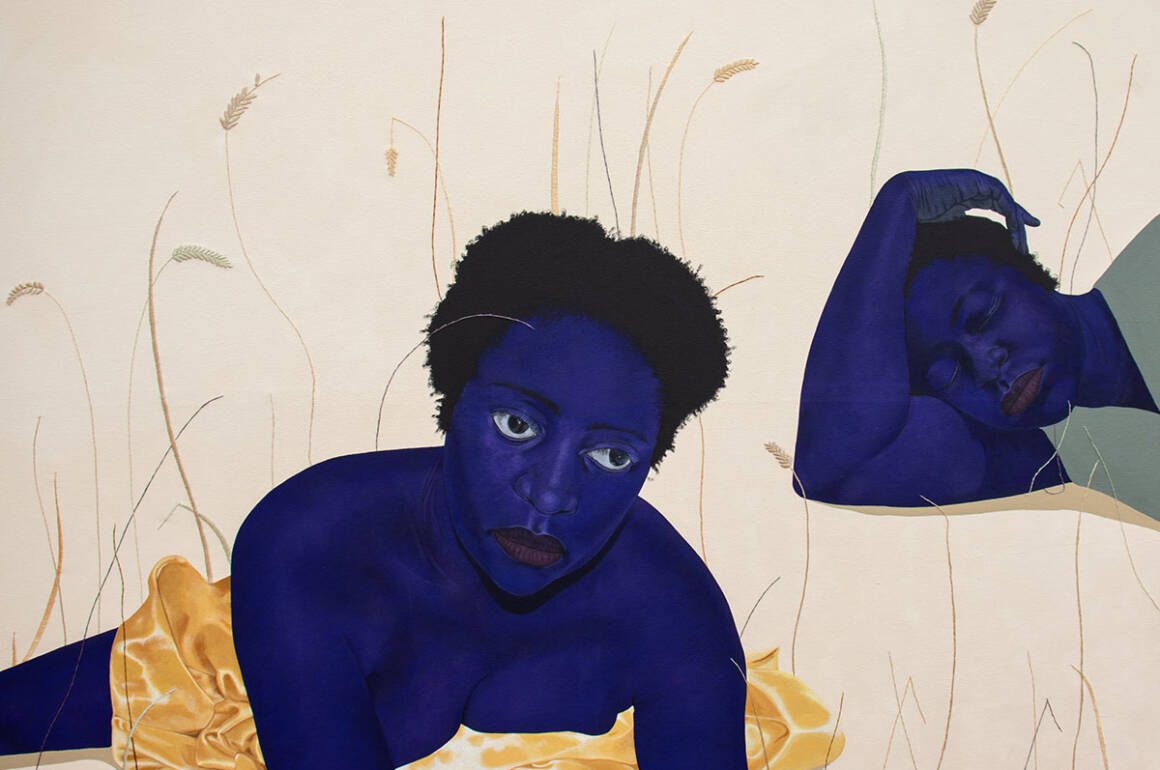
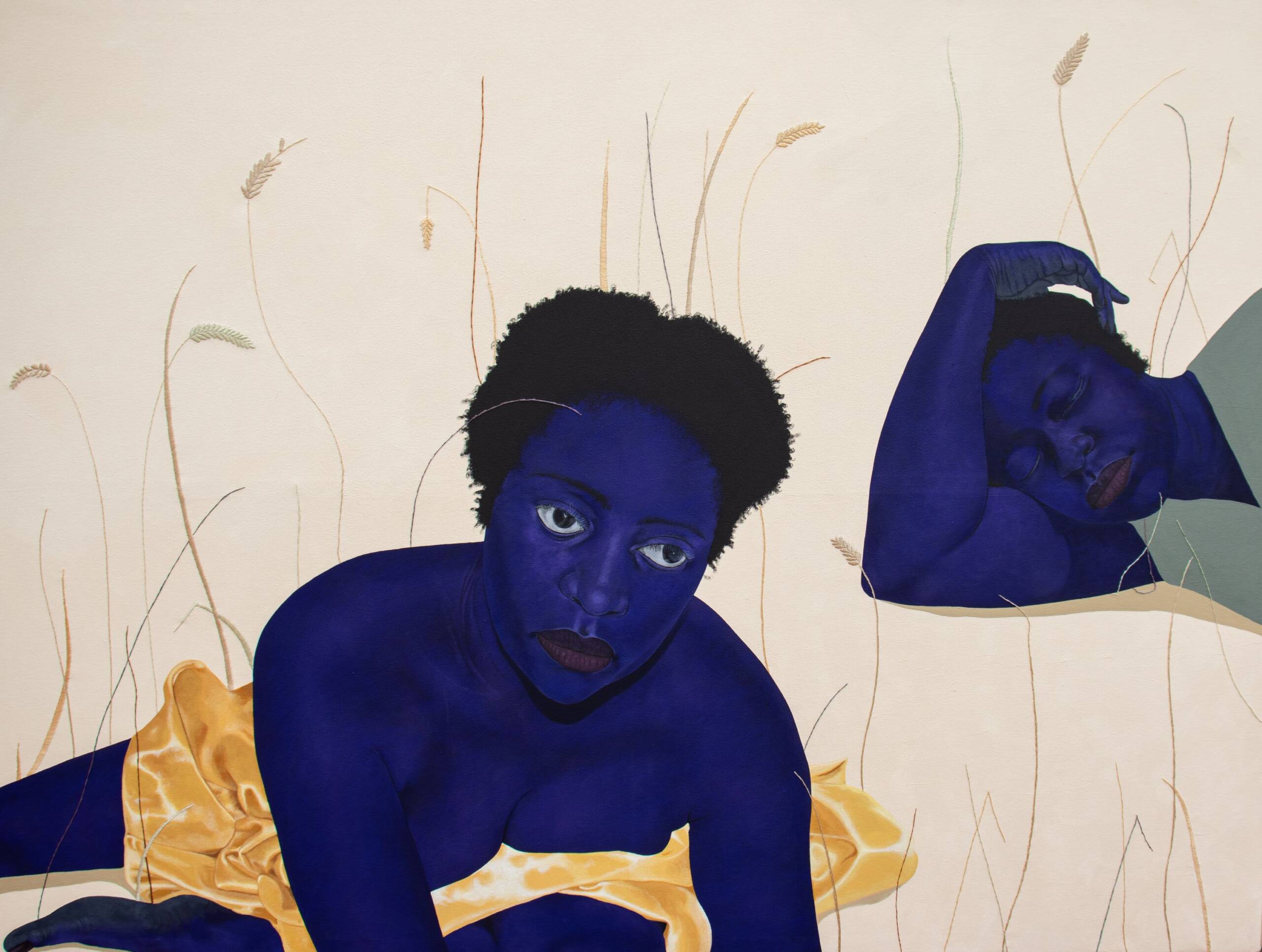
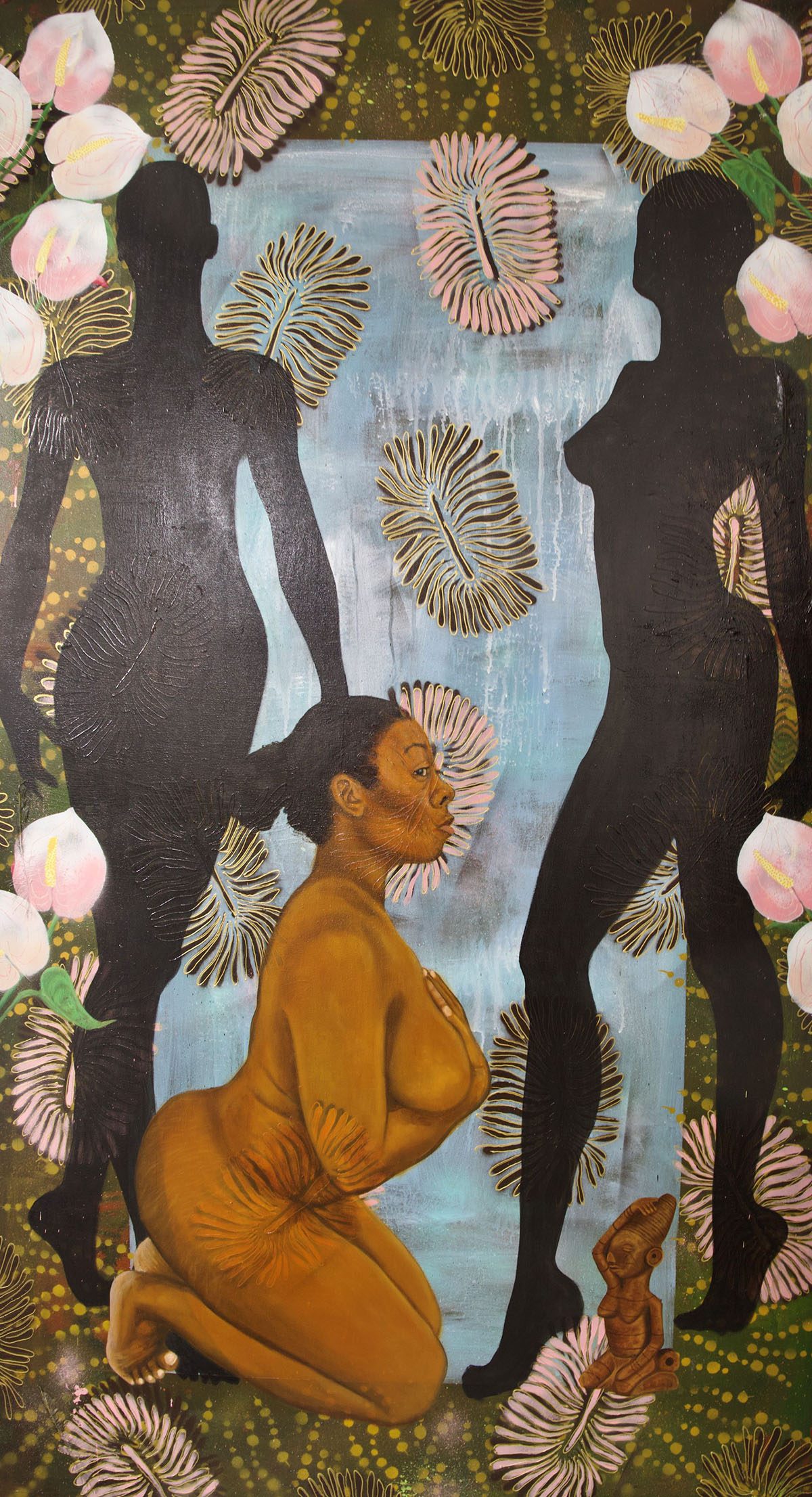
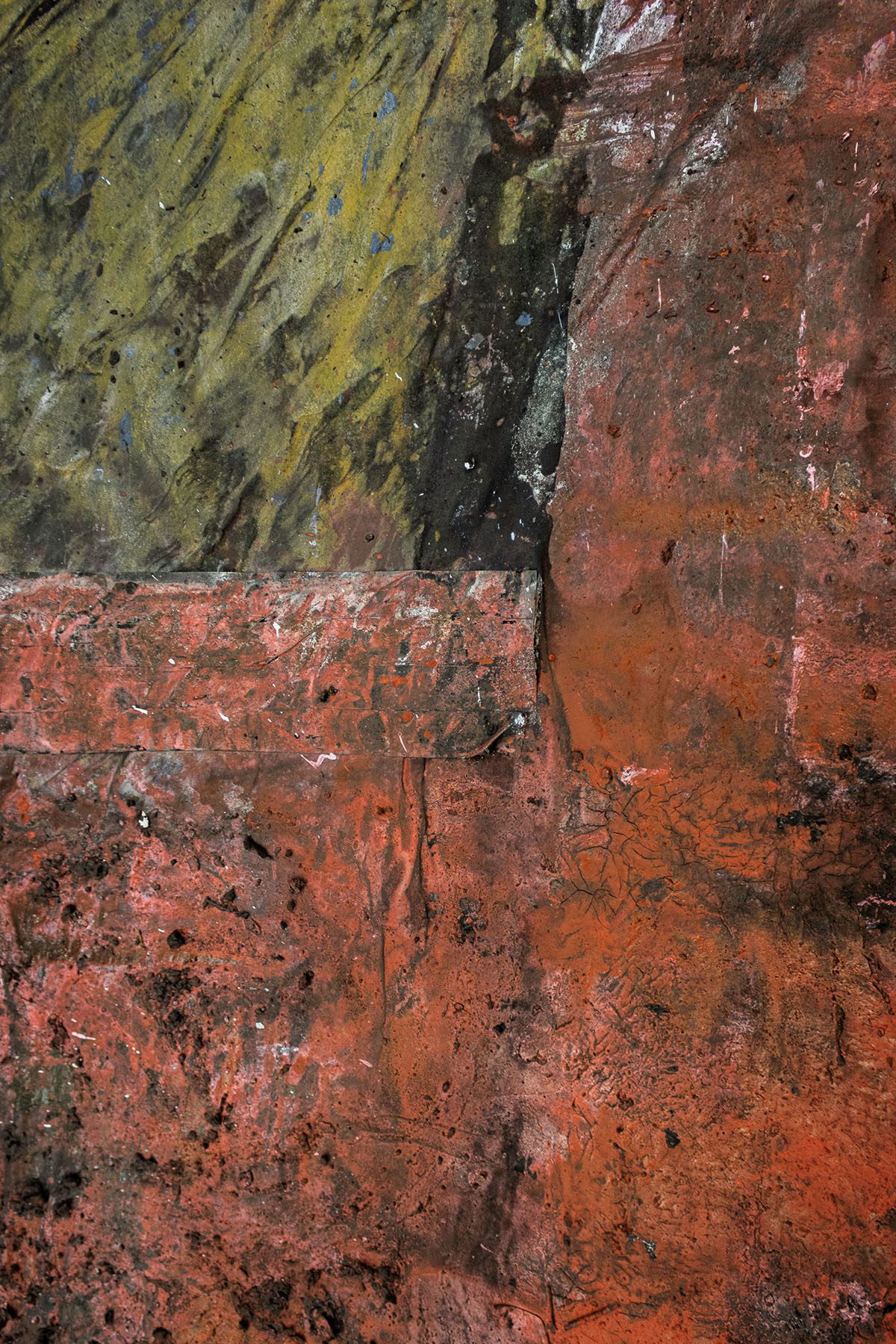
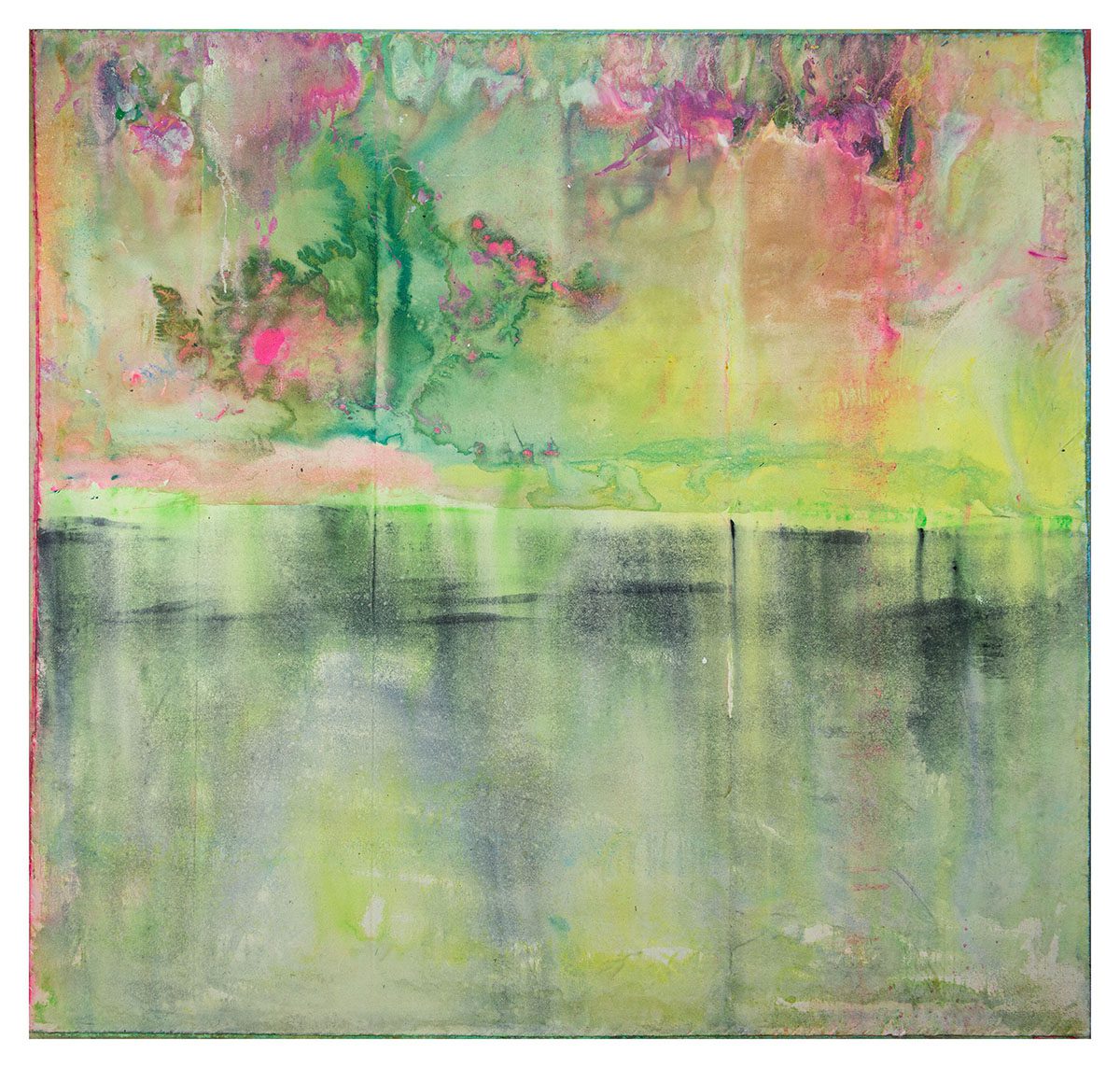
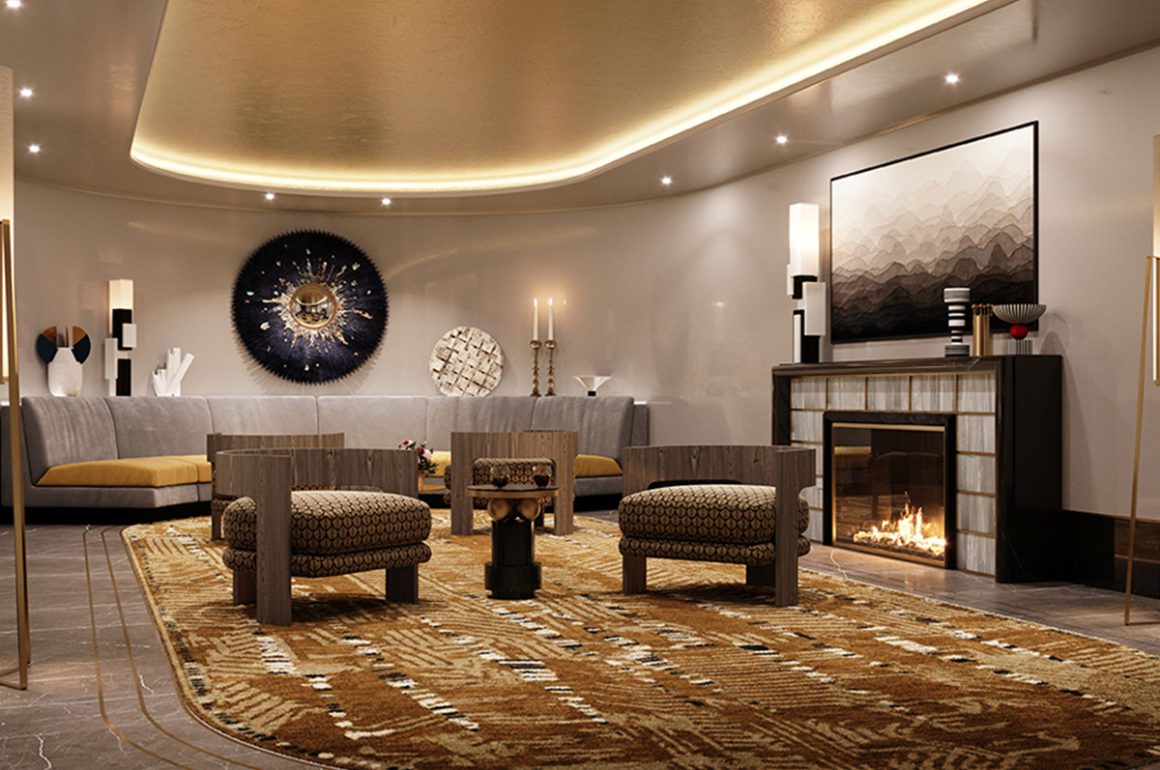
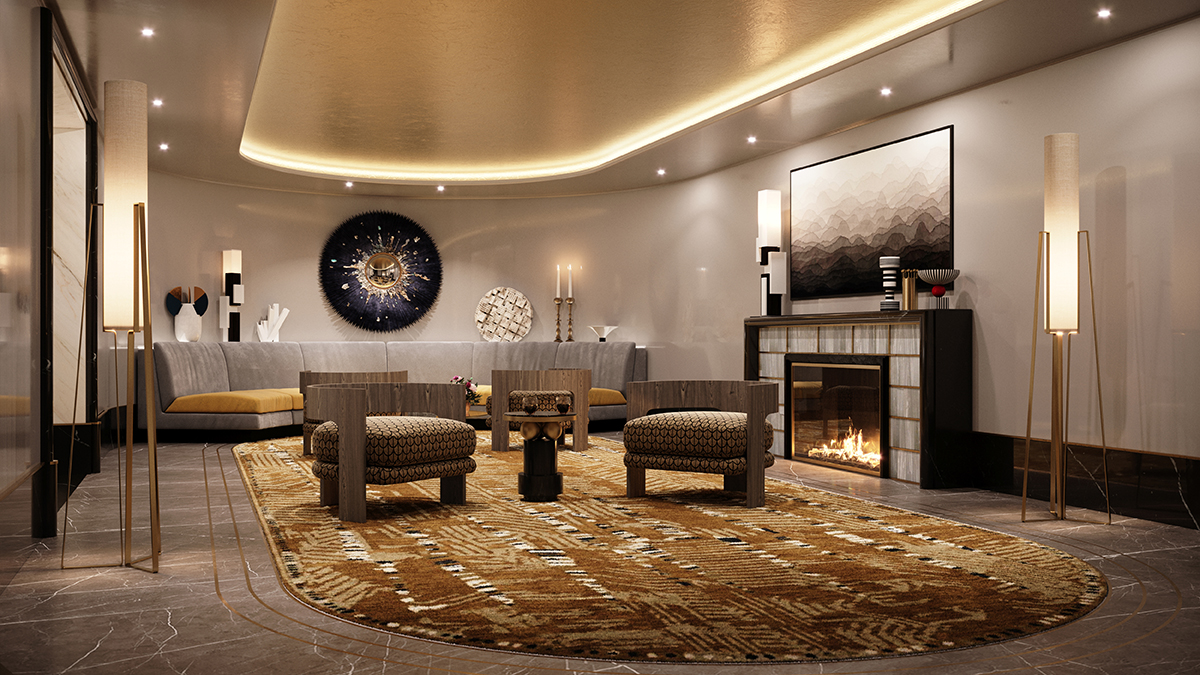


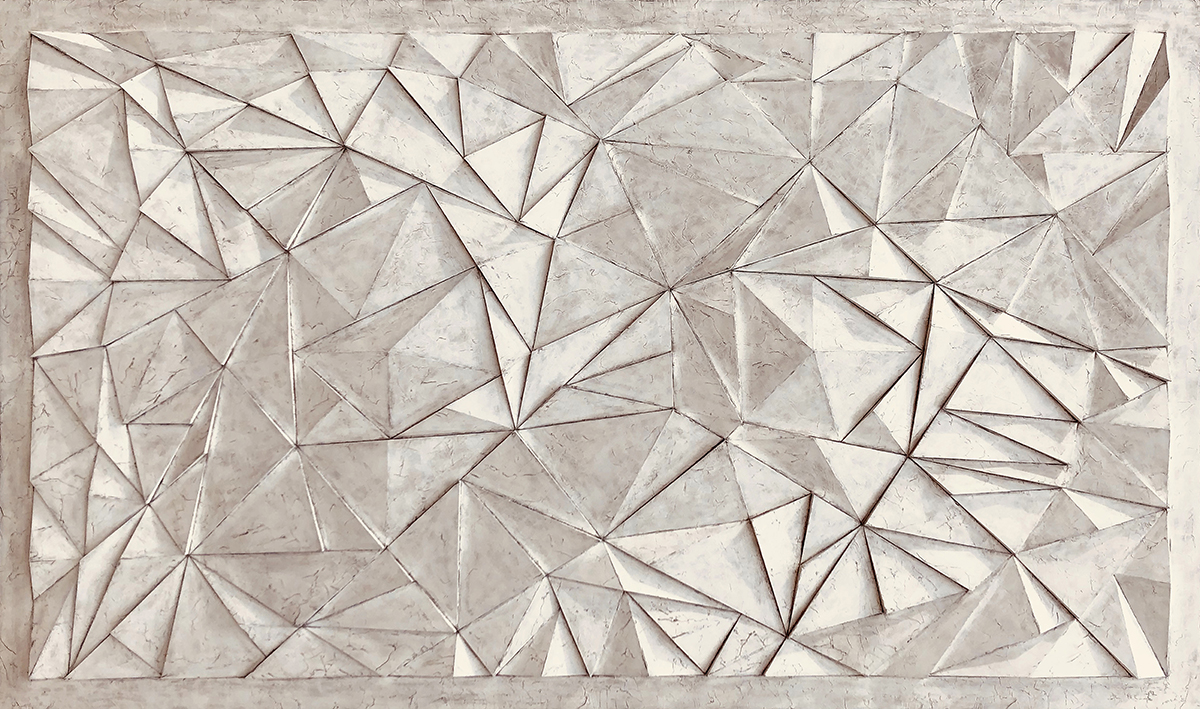

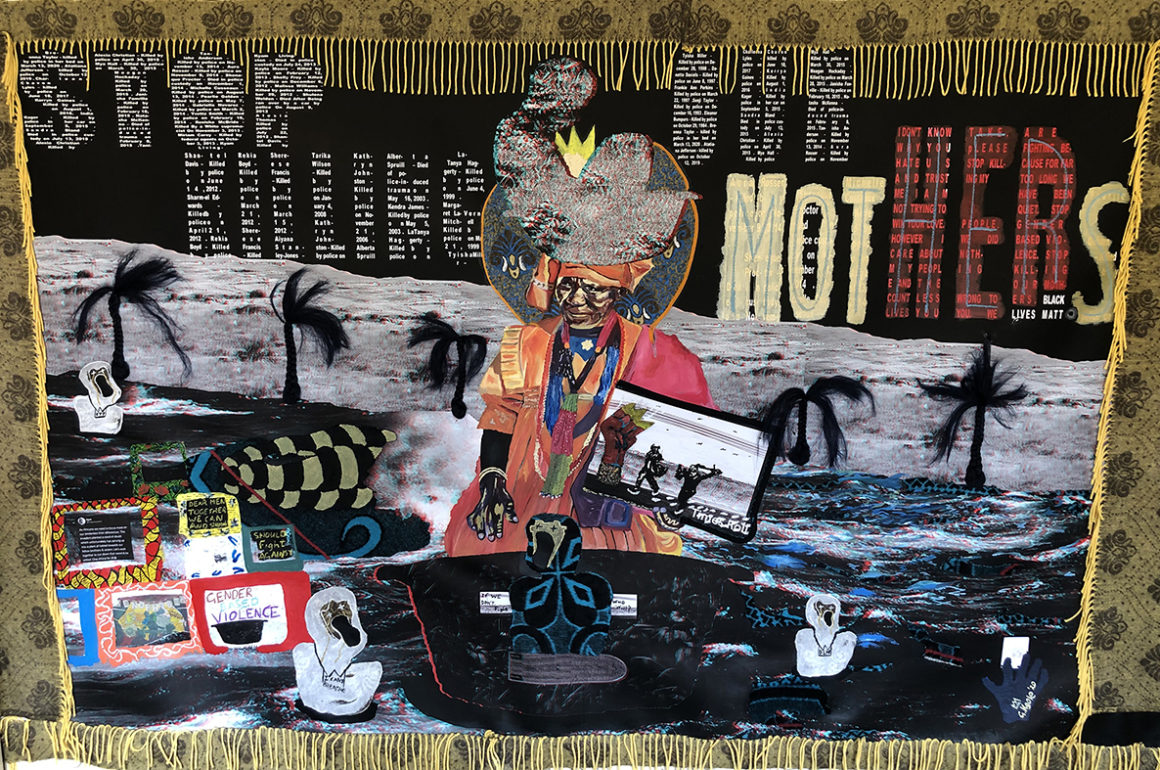
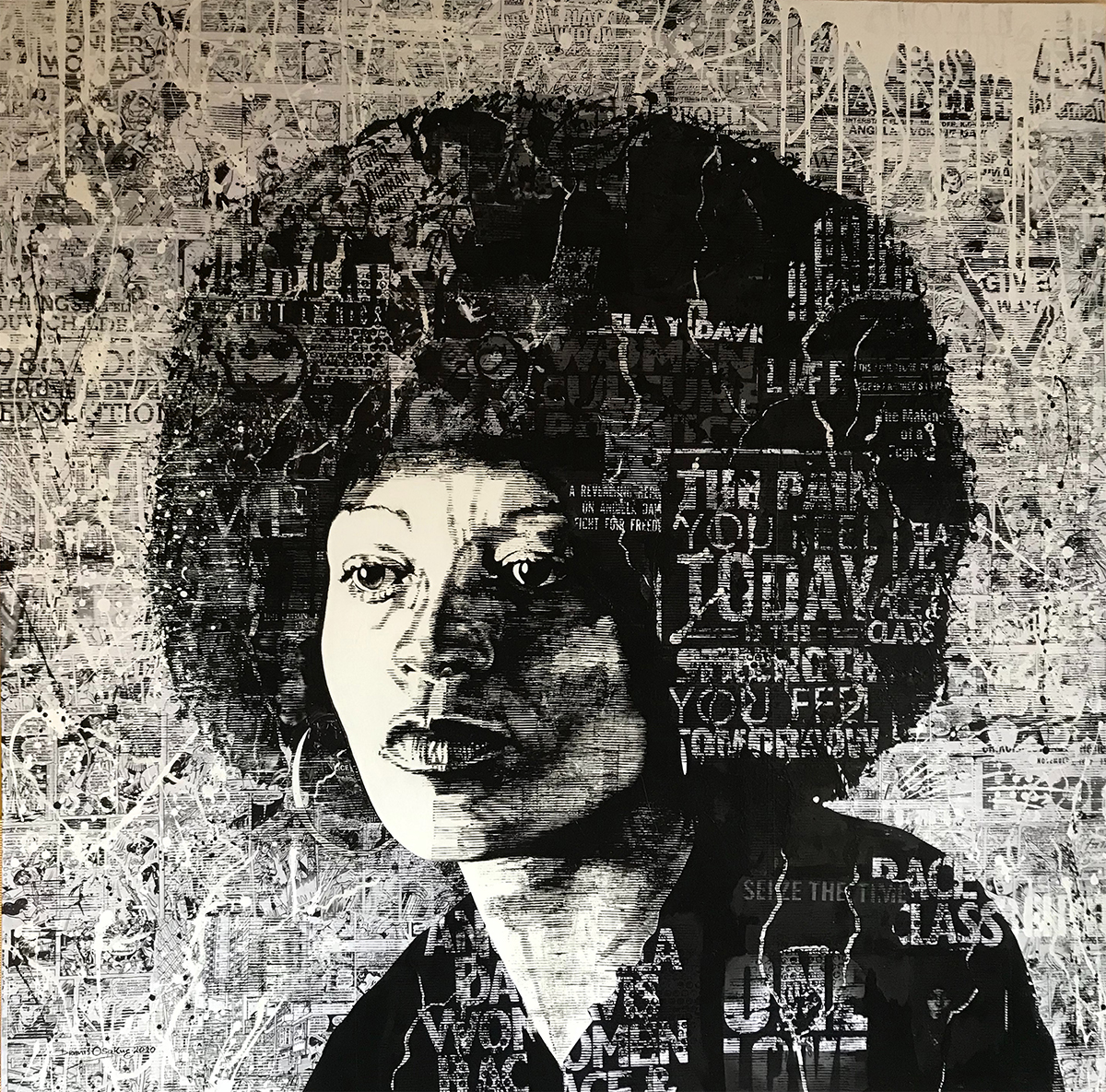
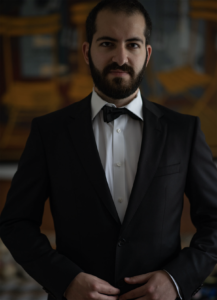
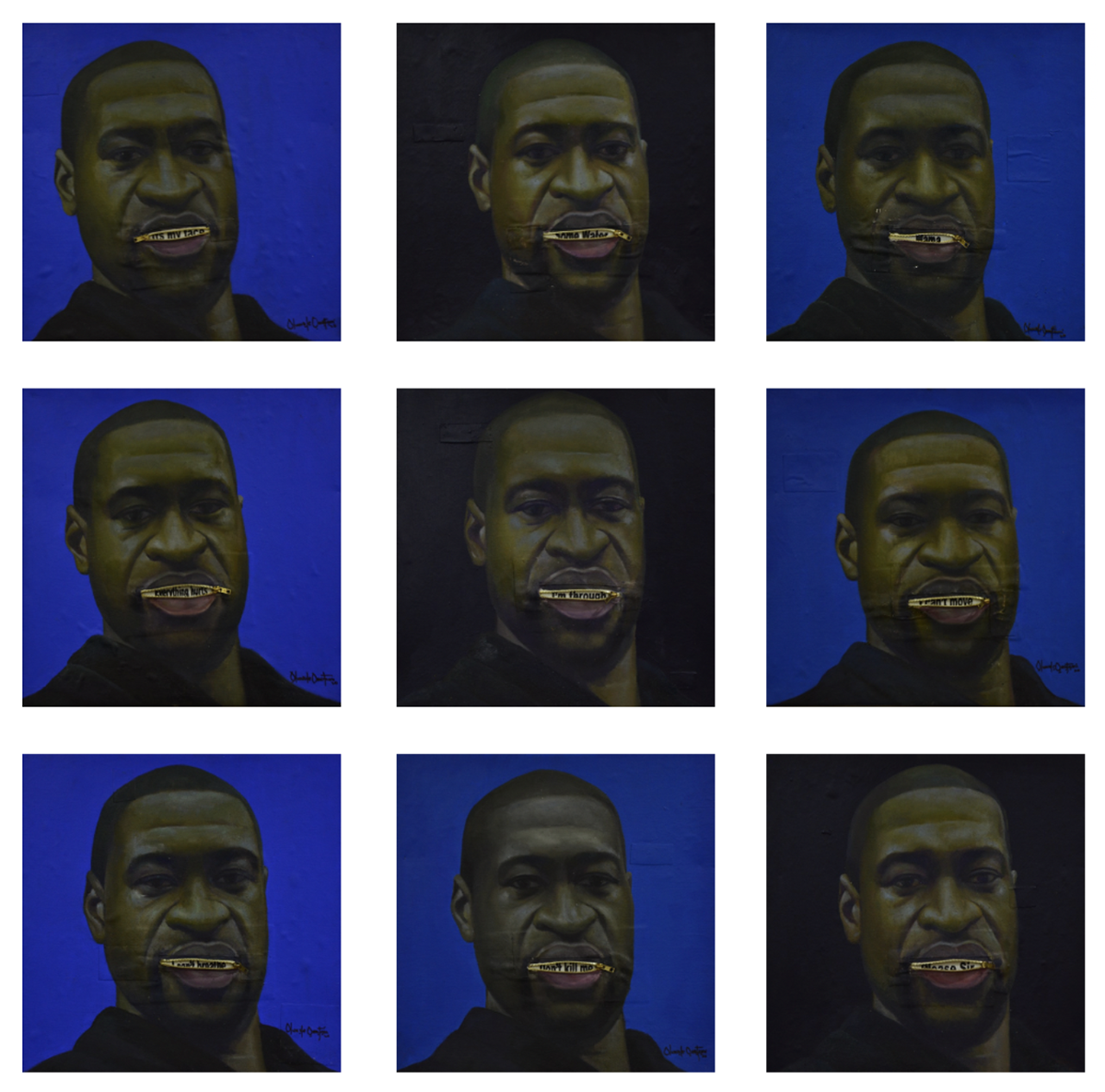
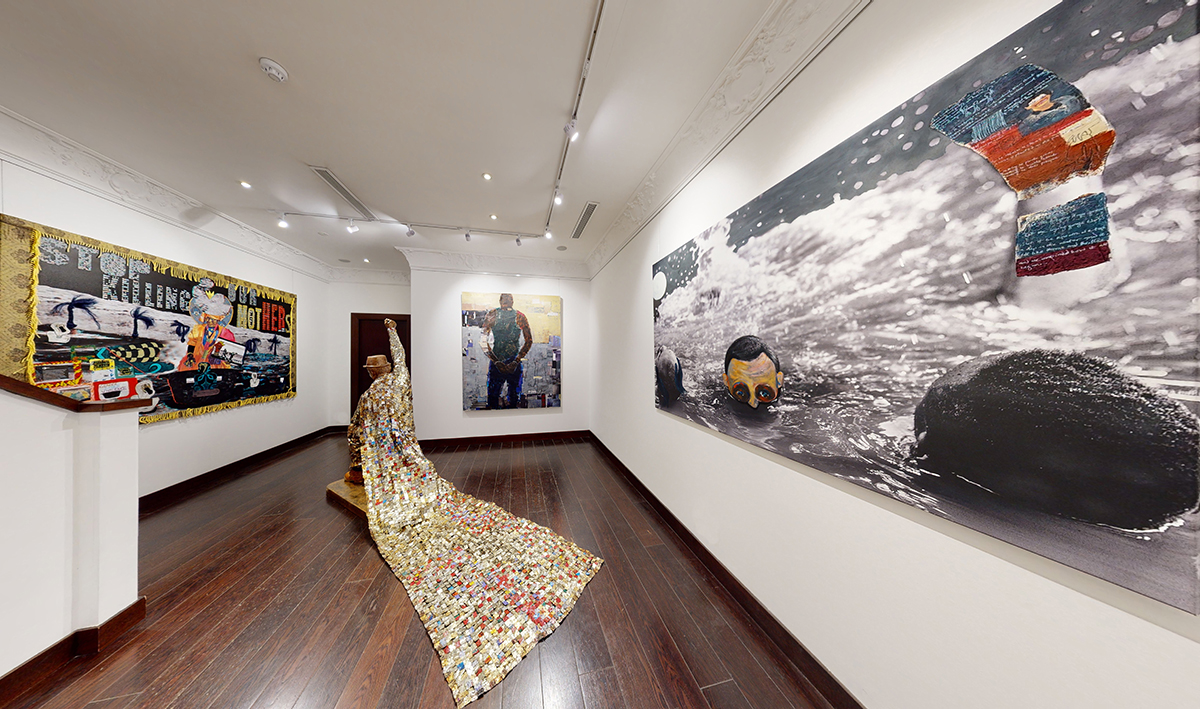
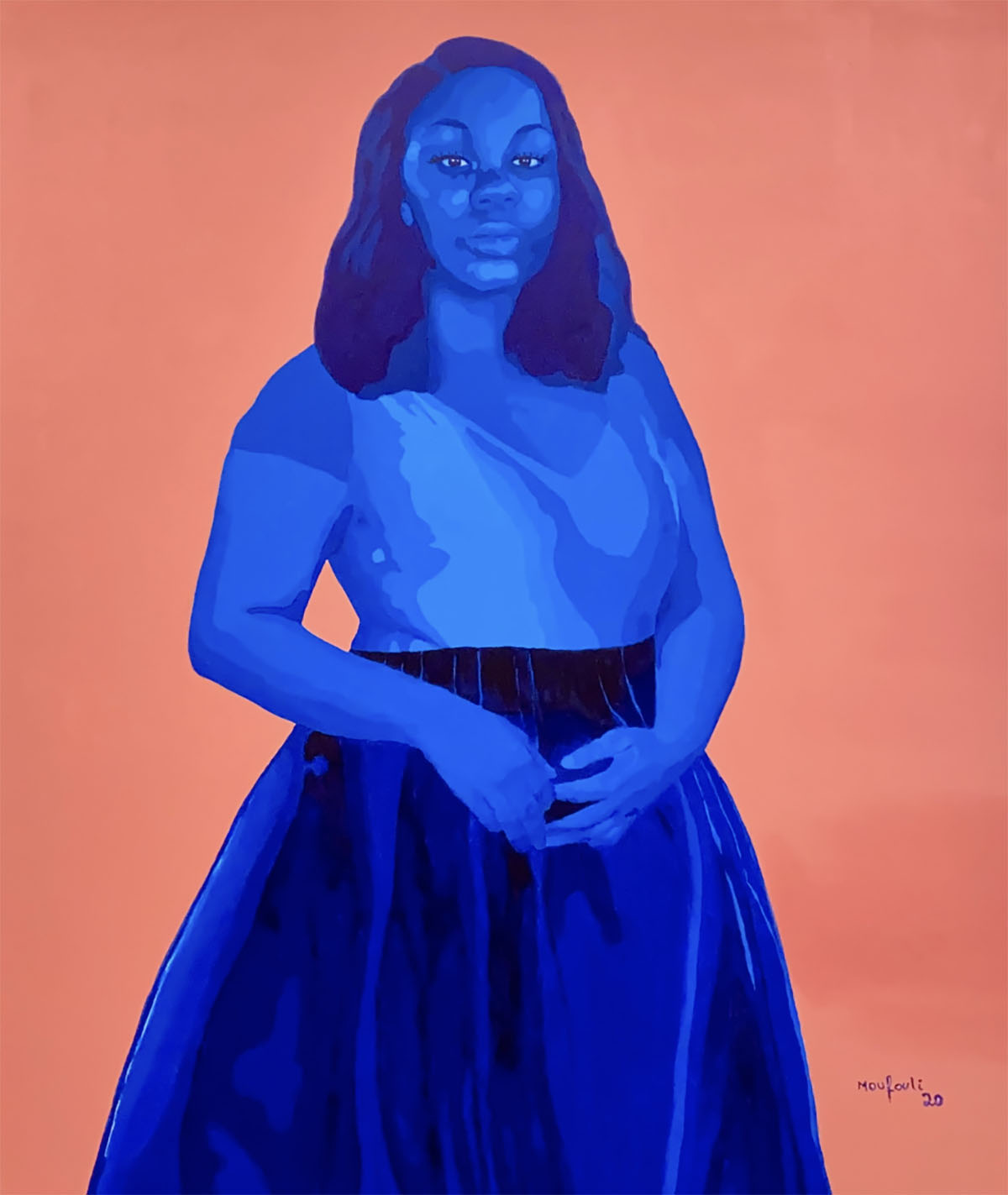
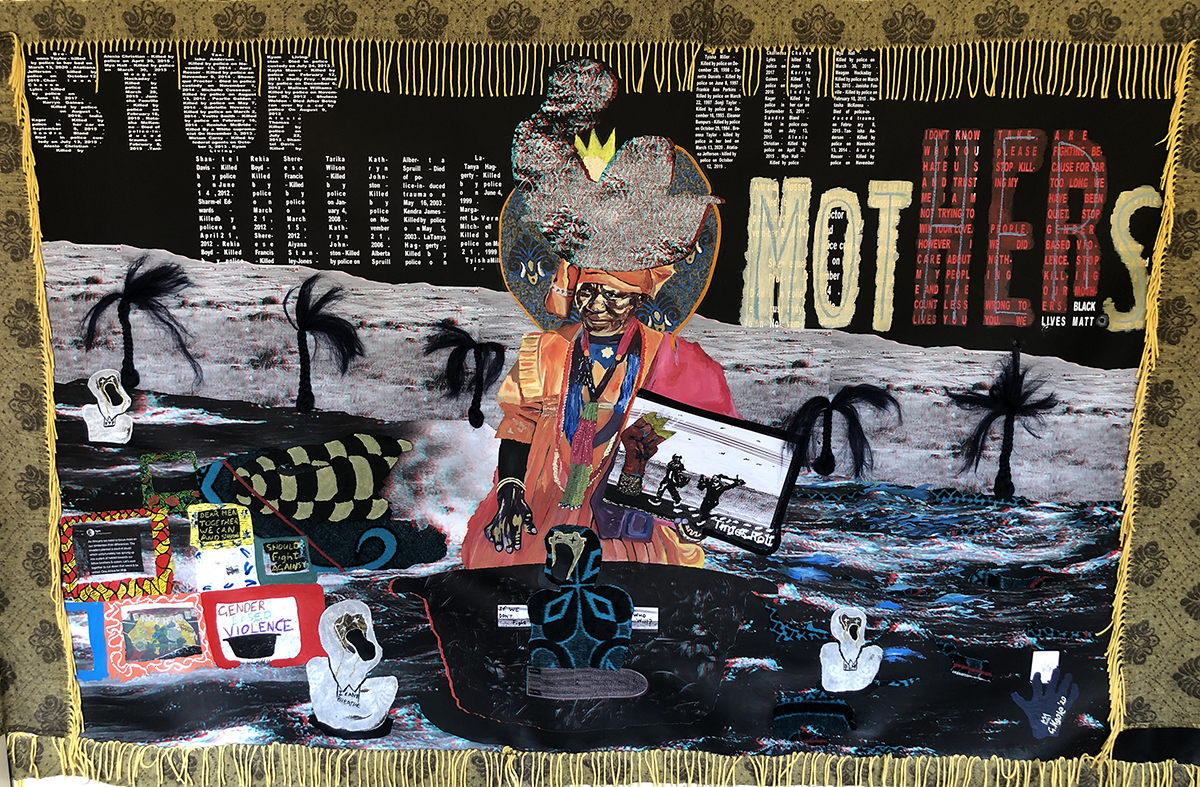
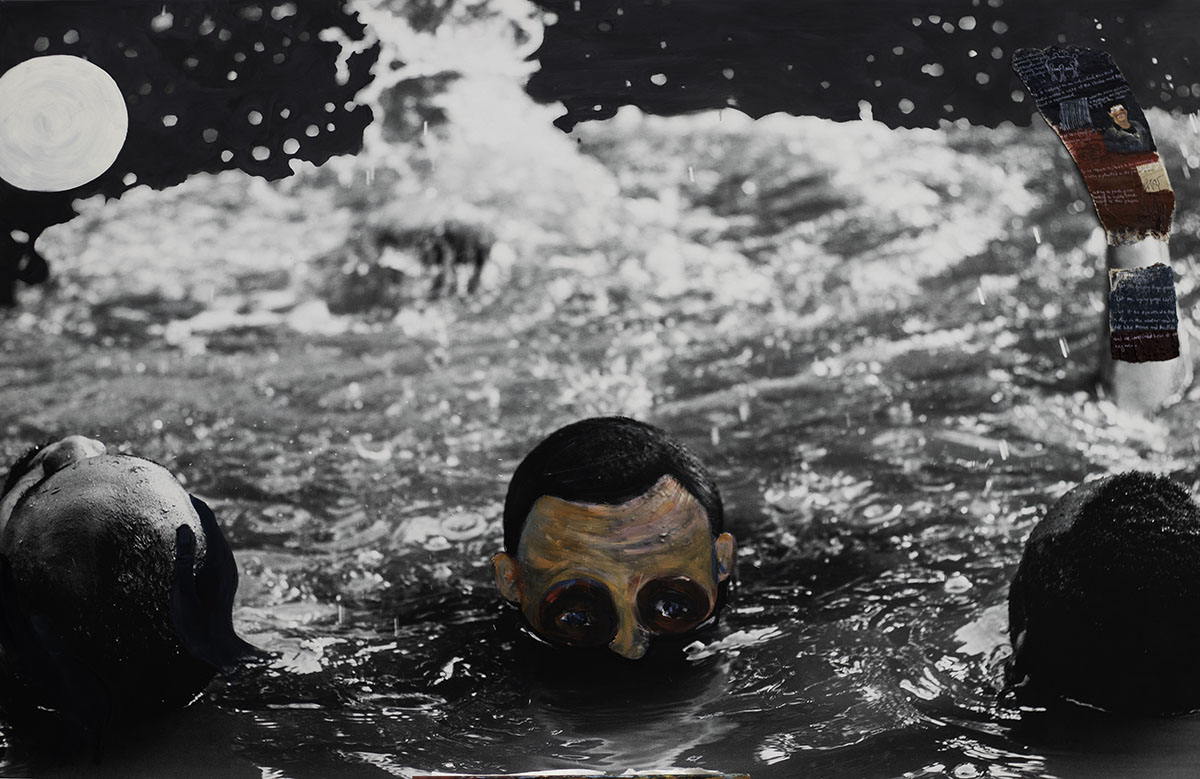





Recent Comments